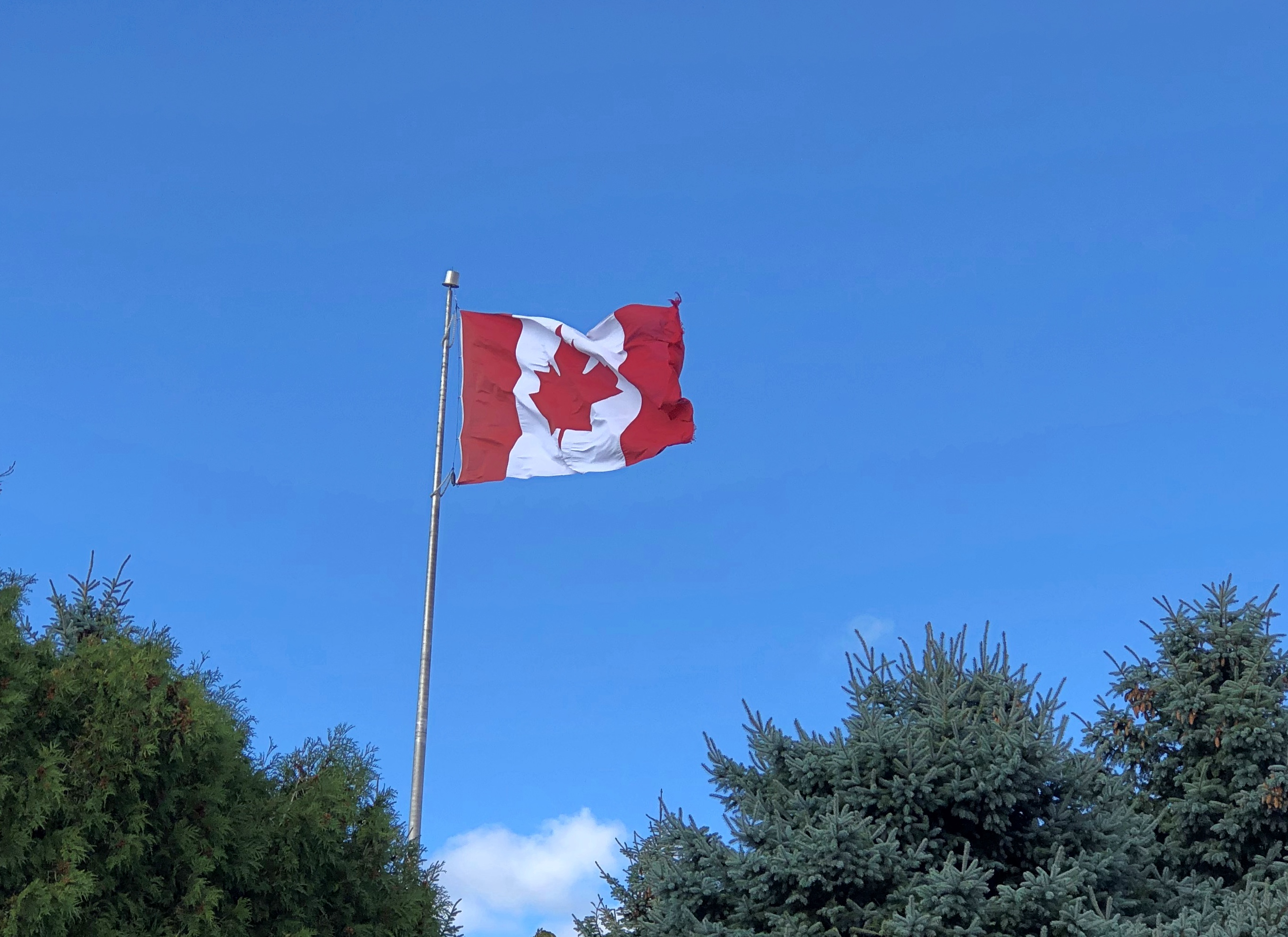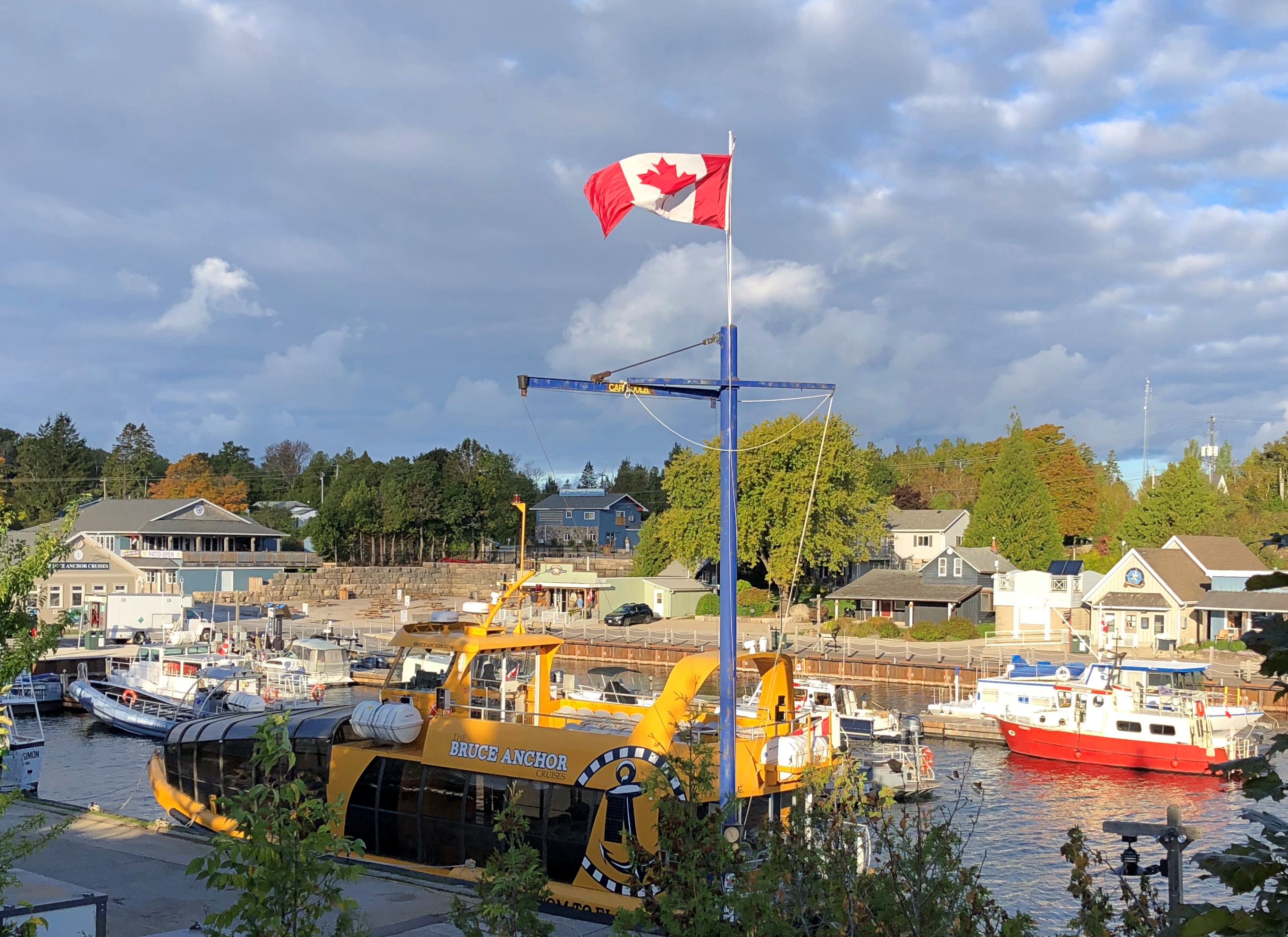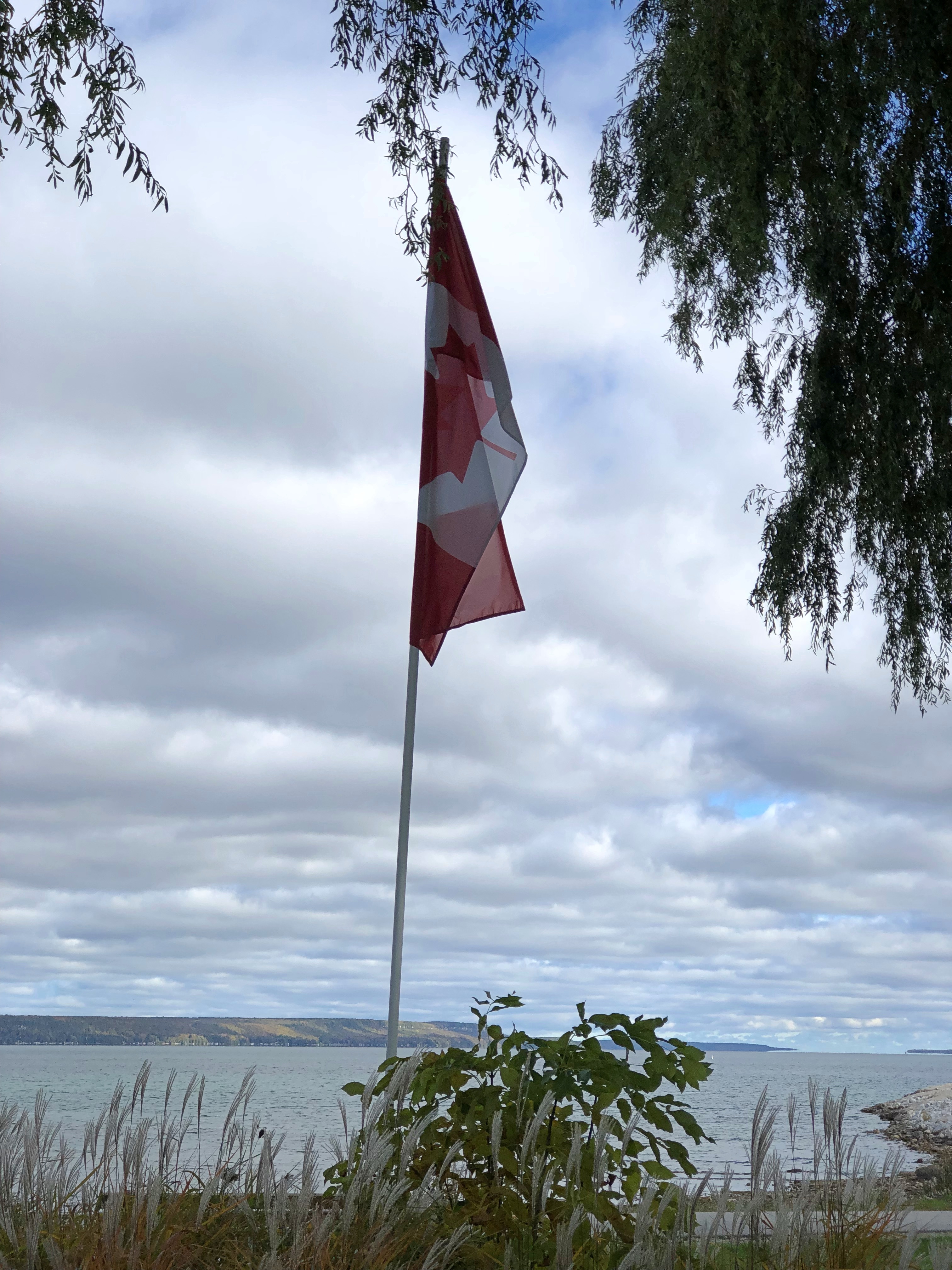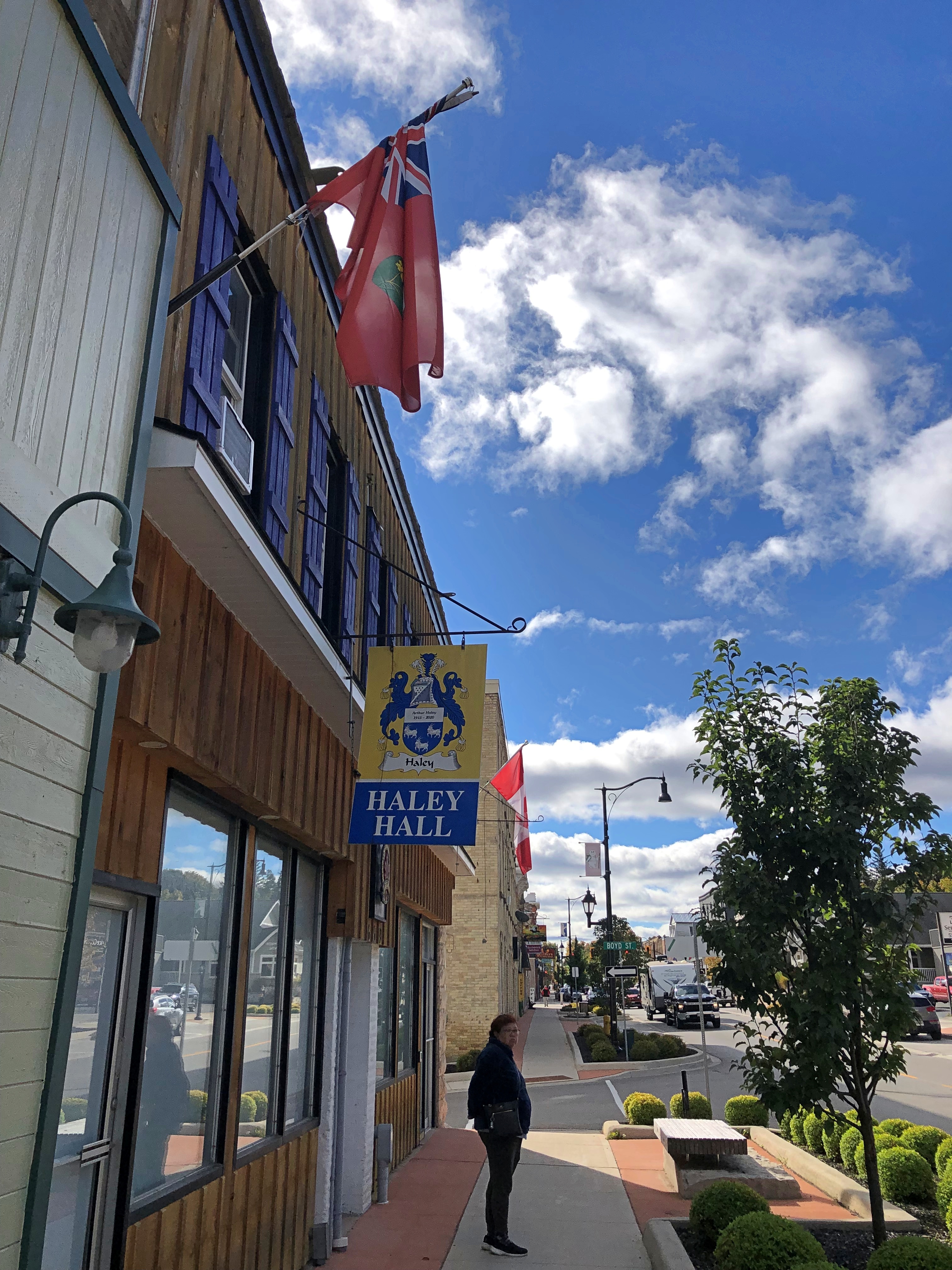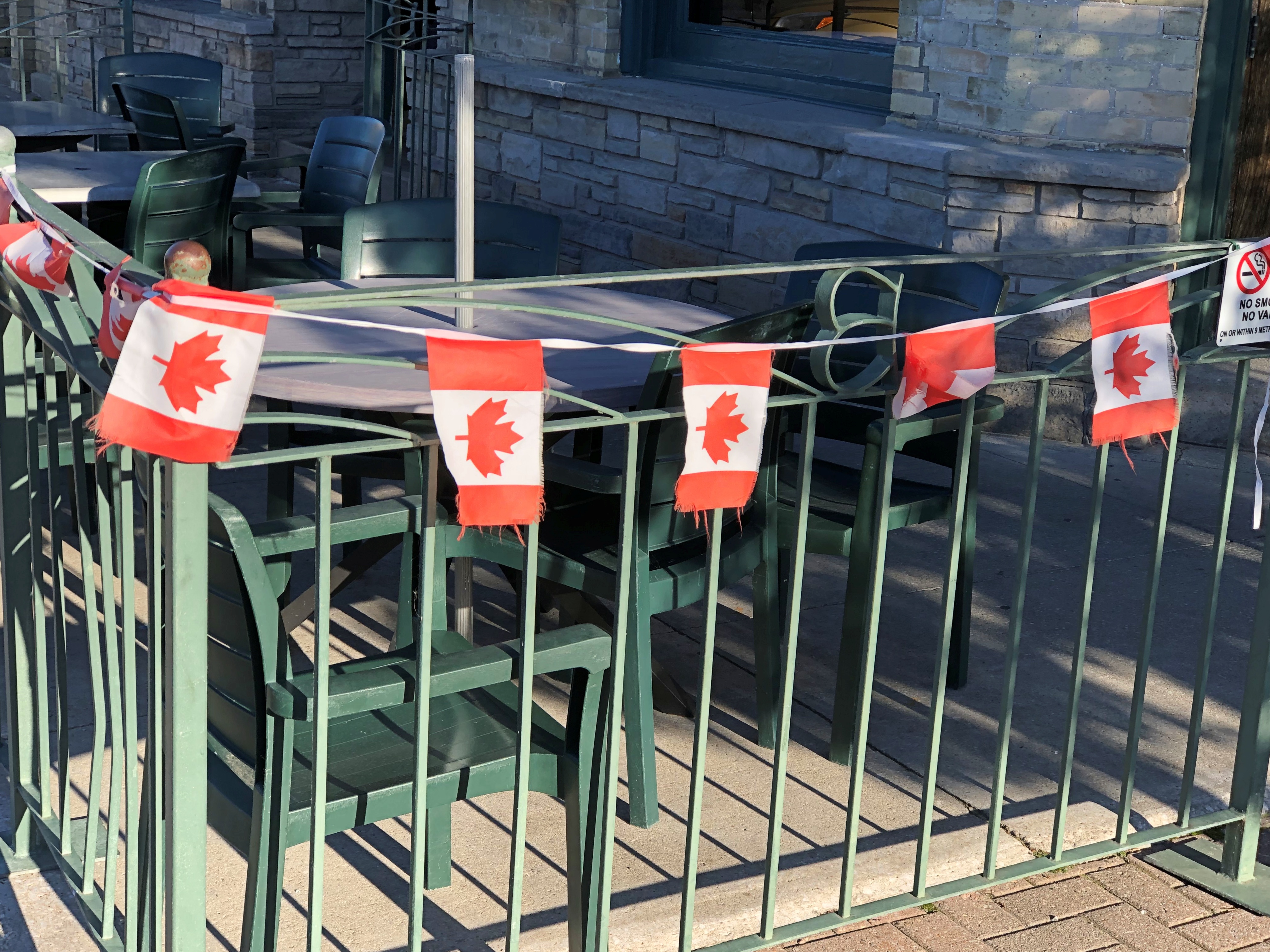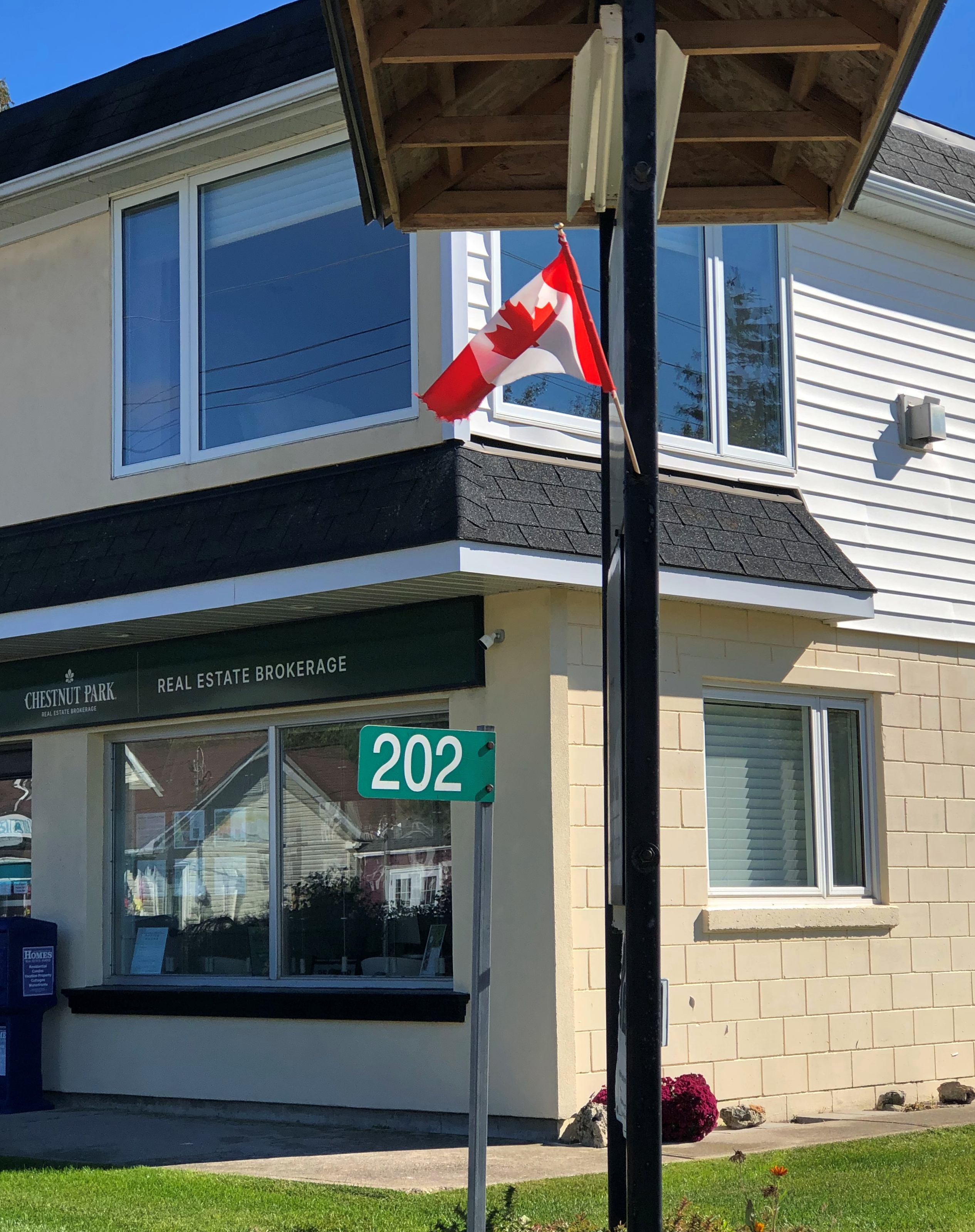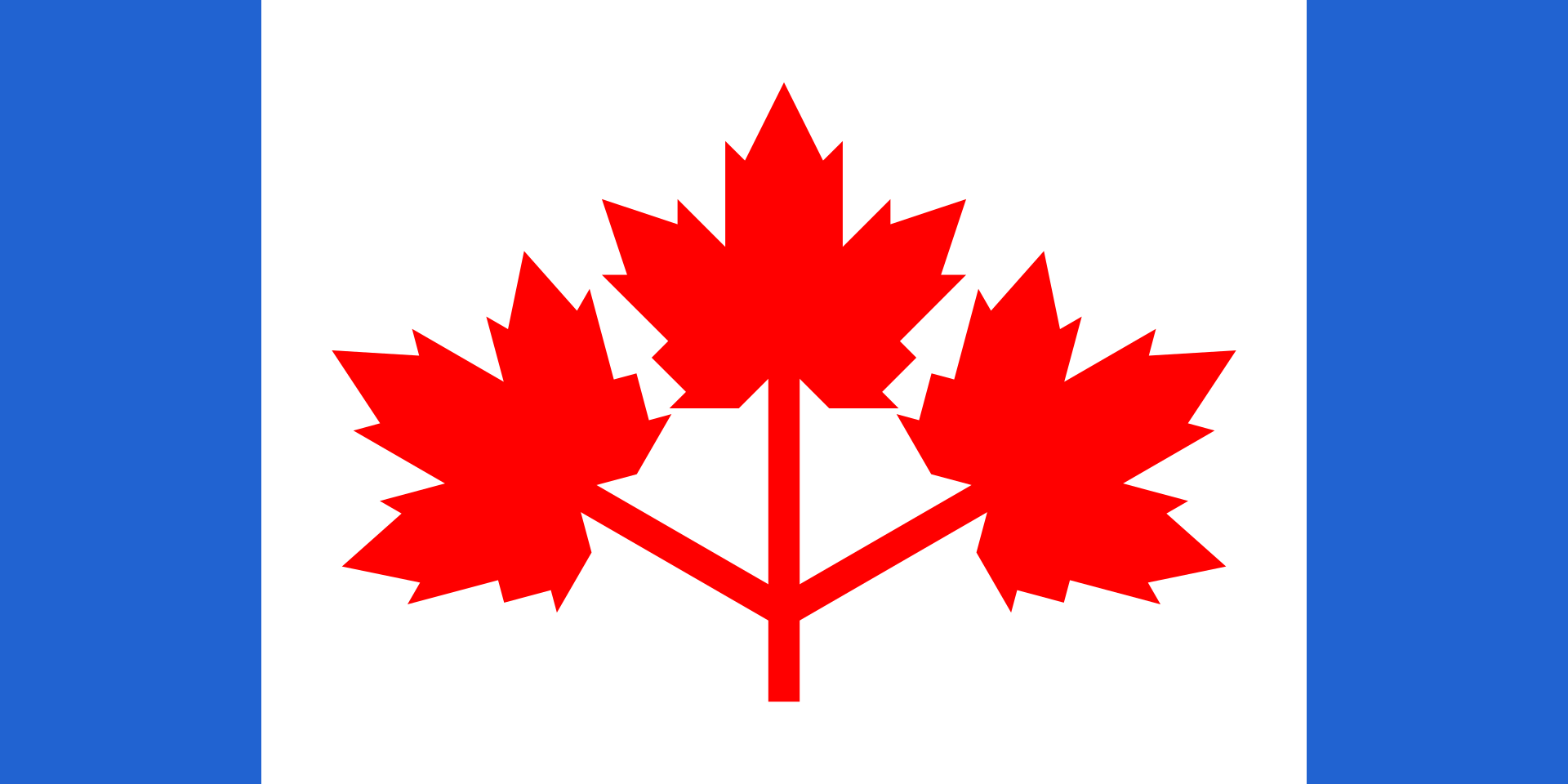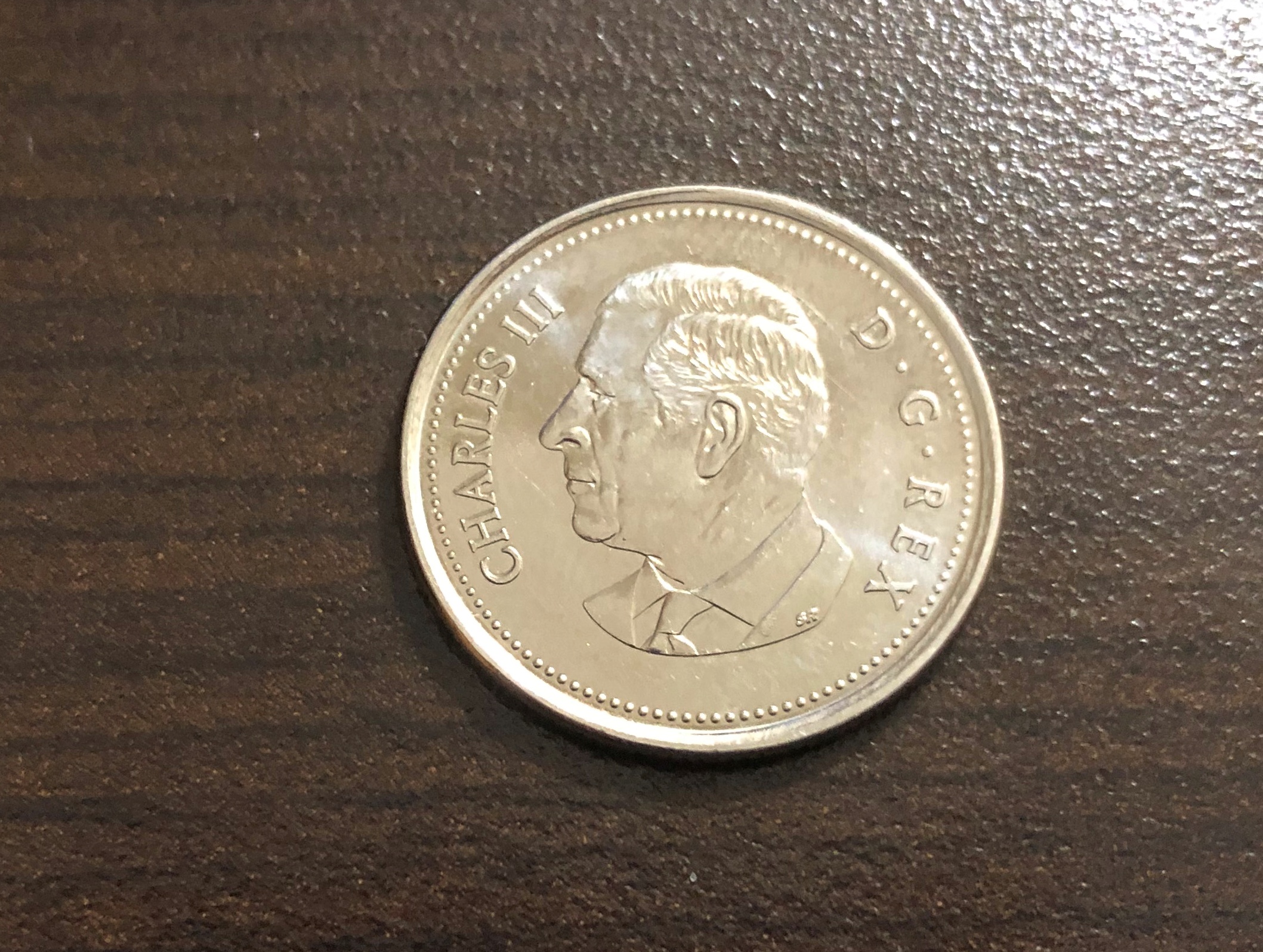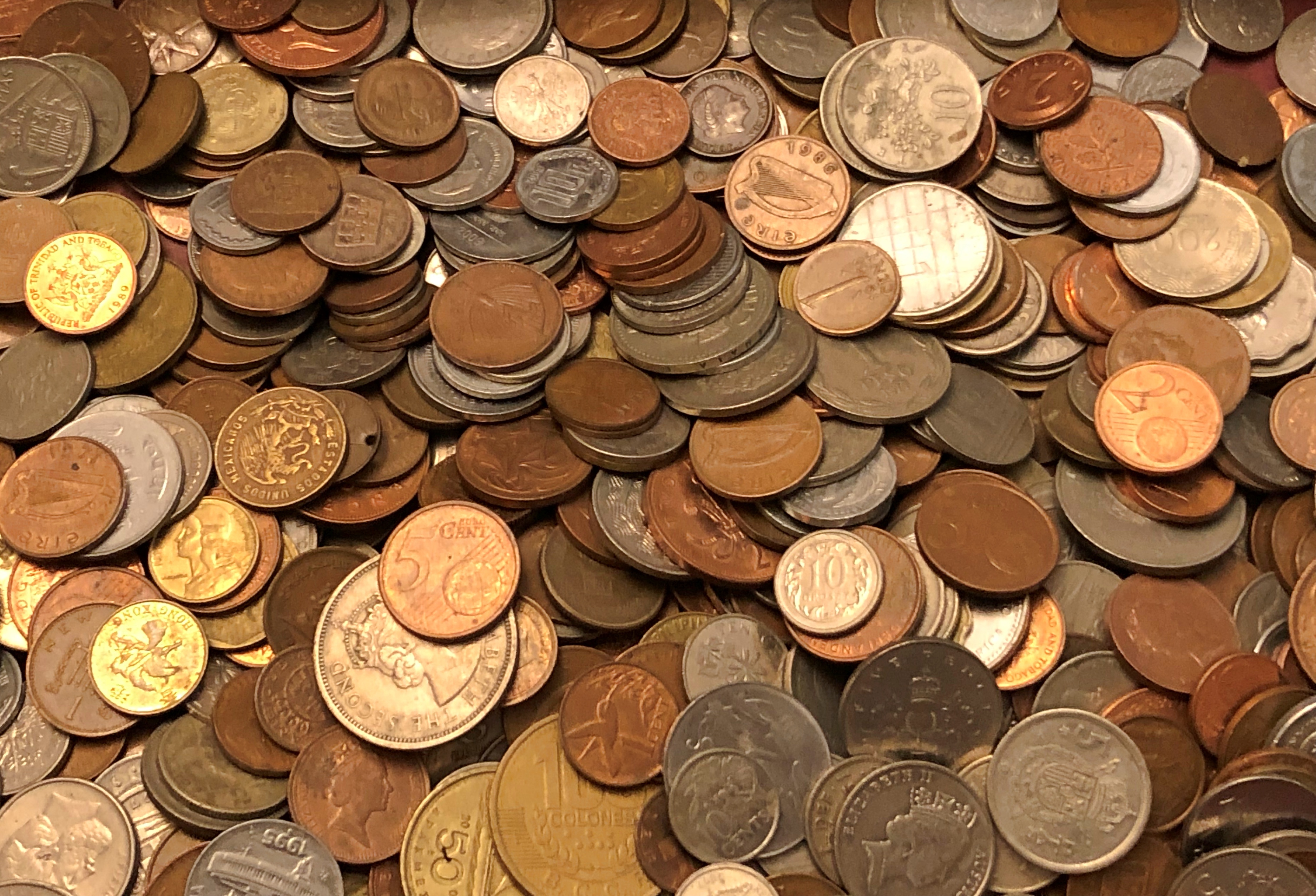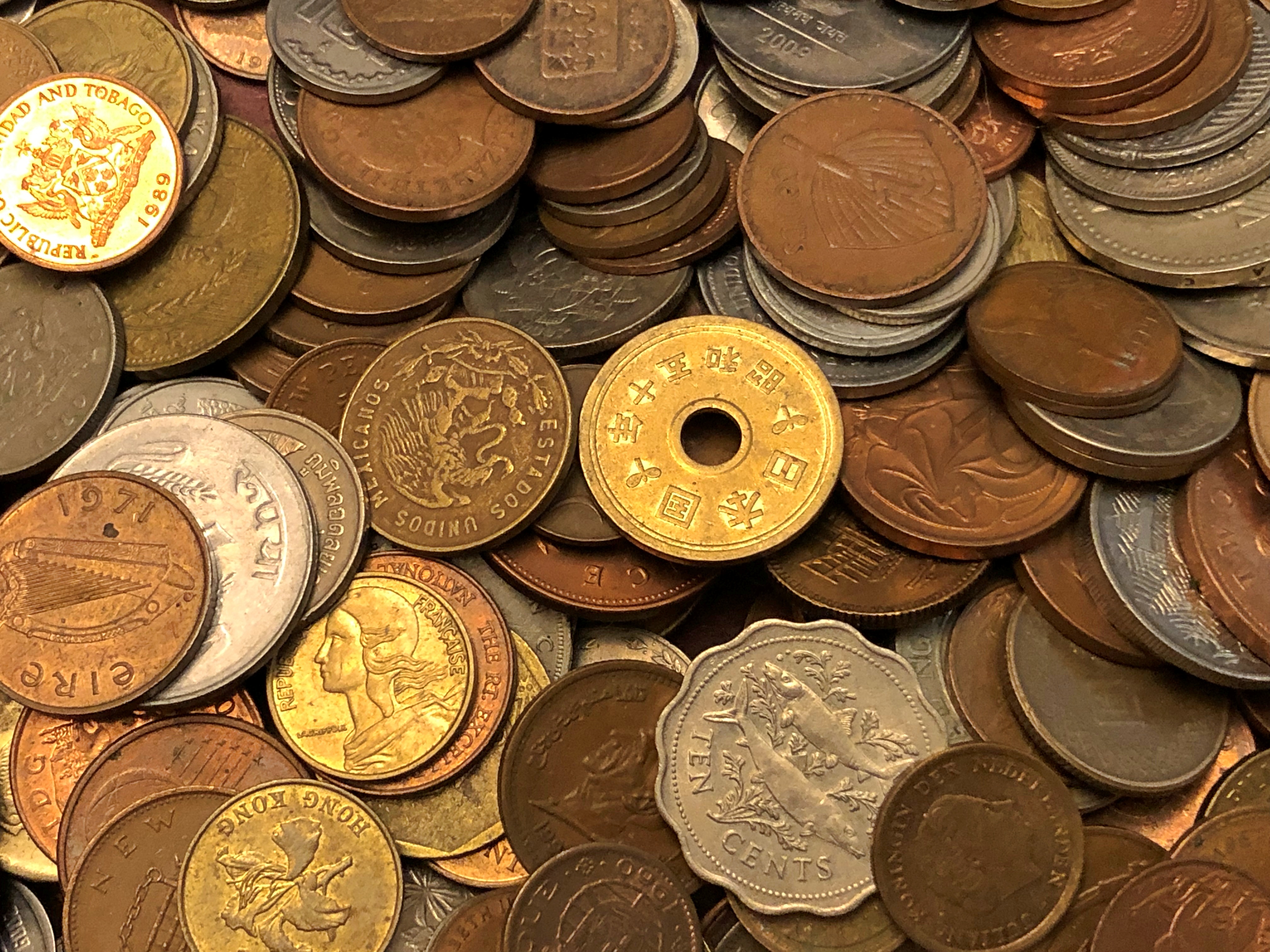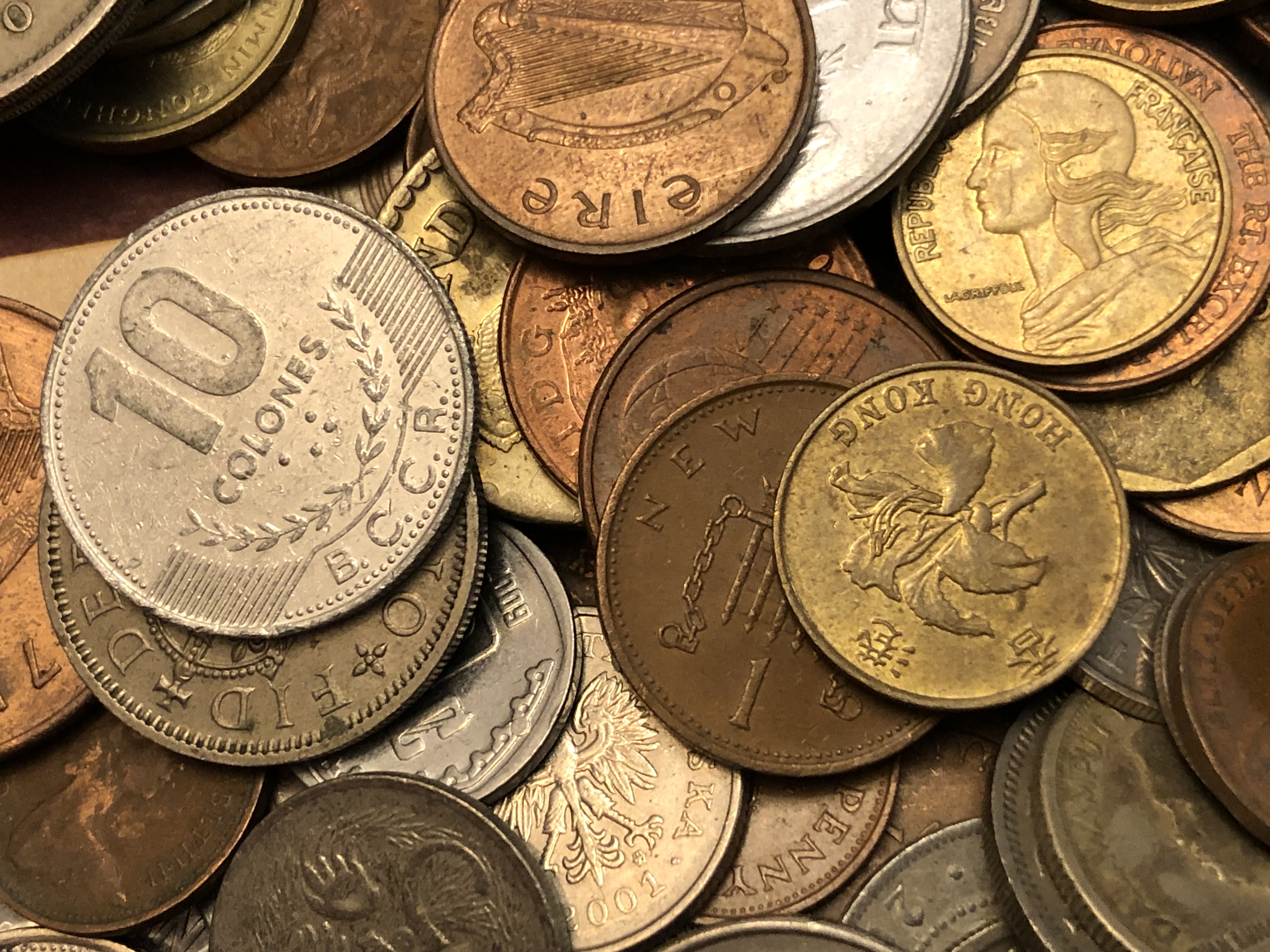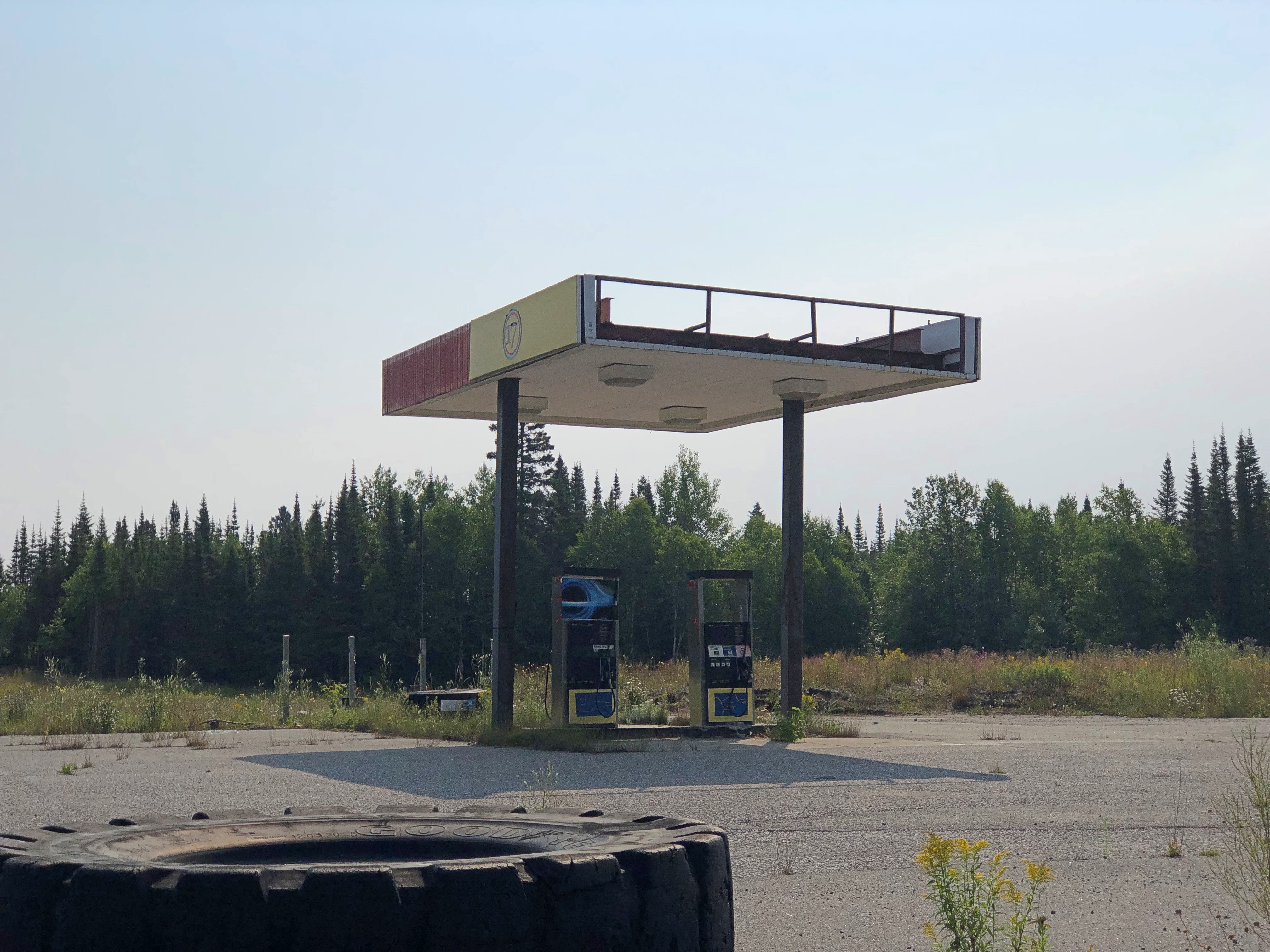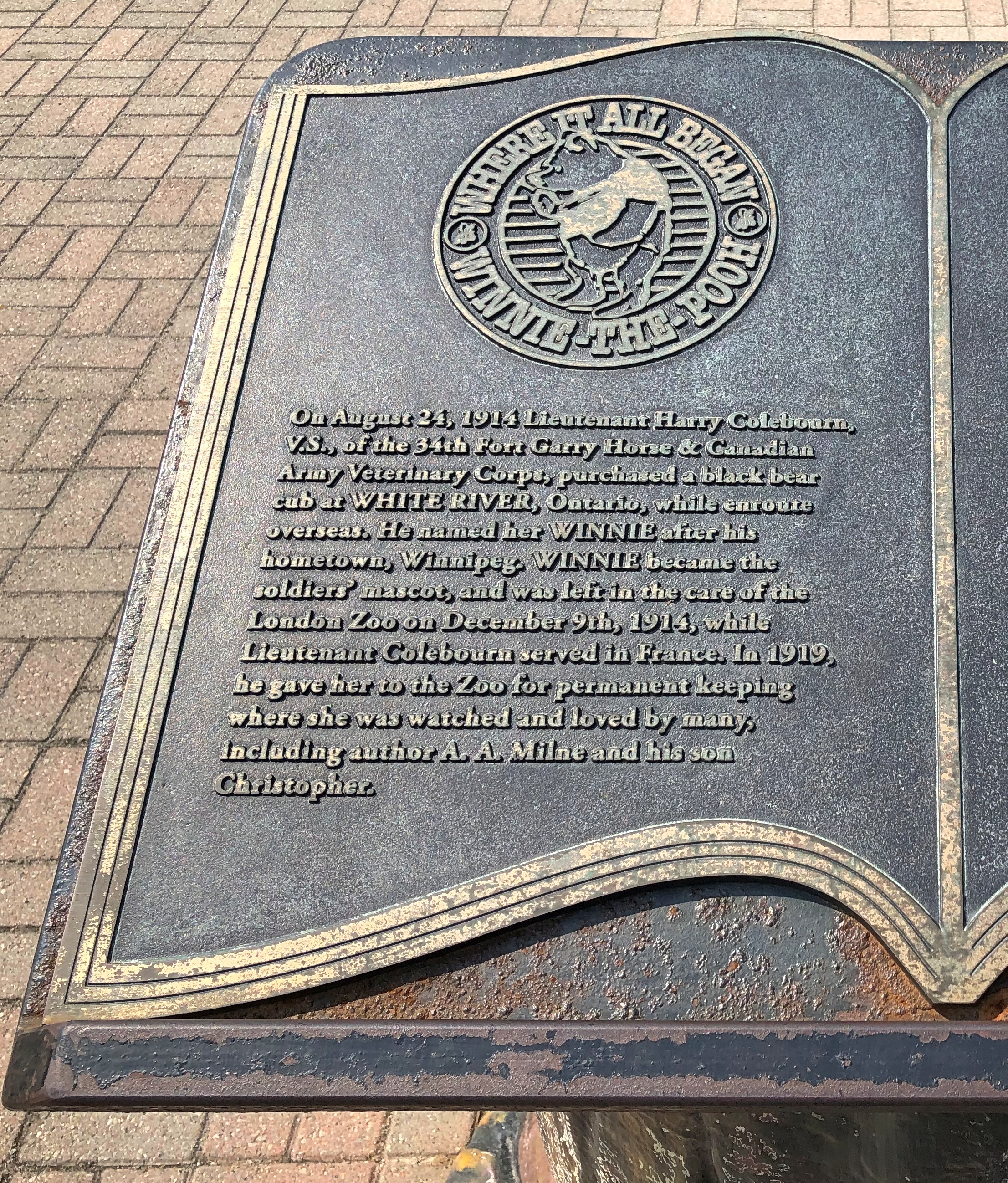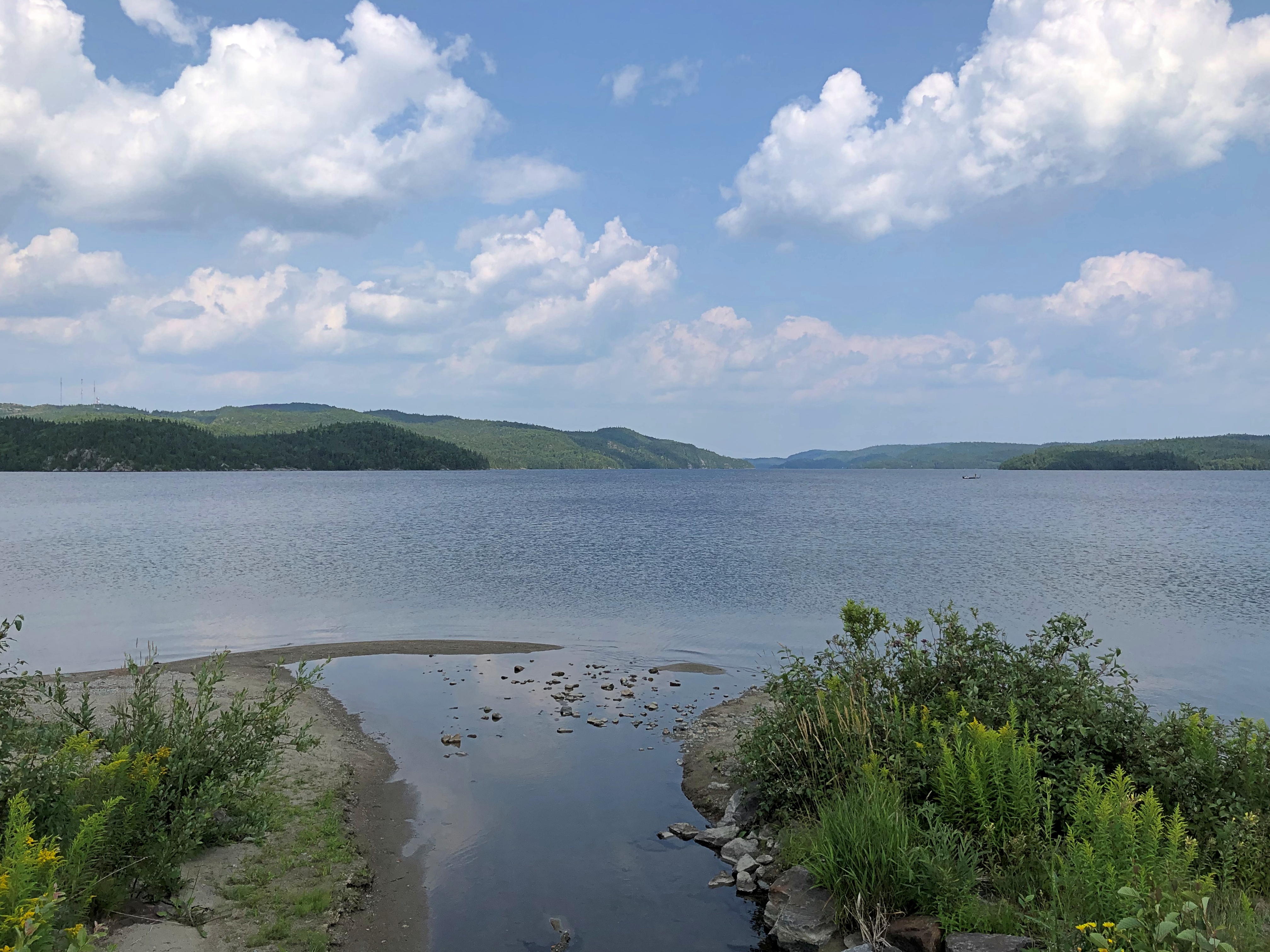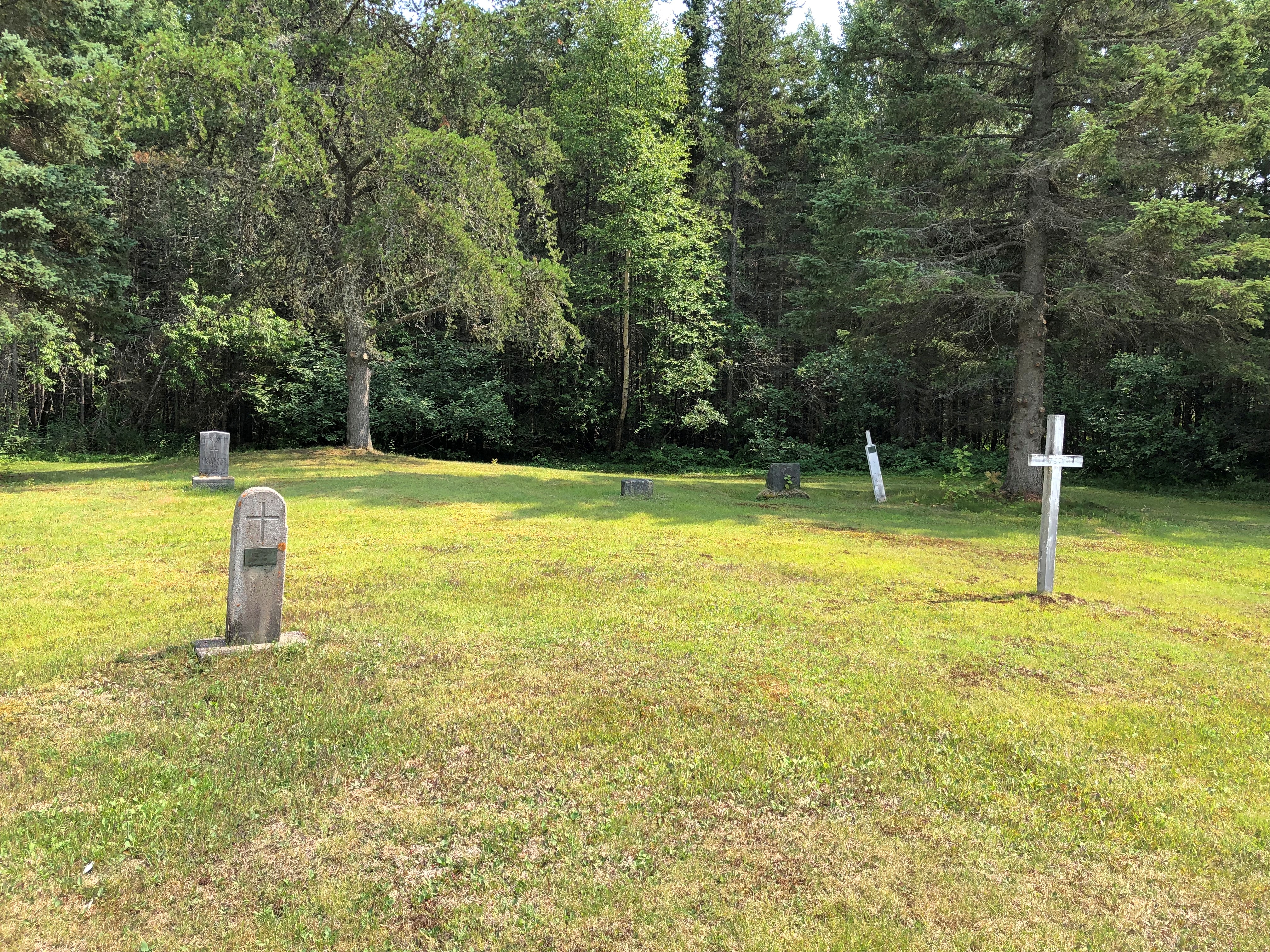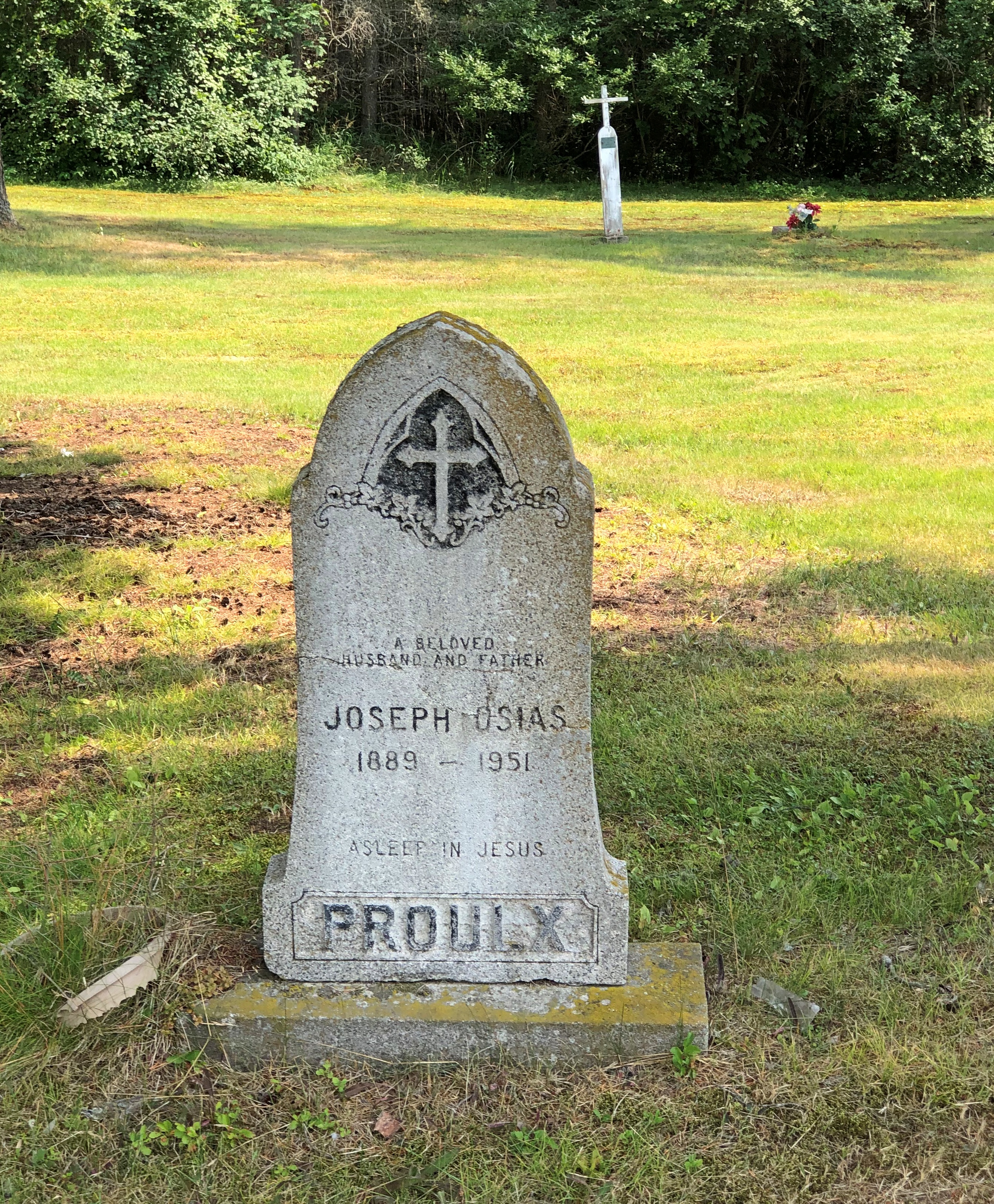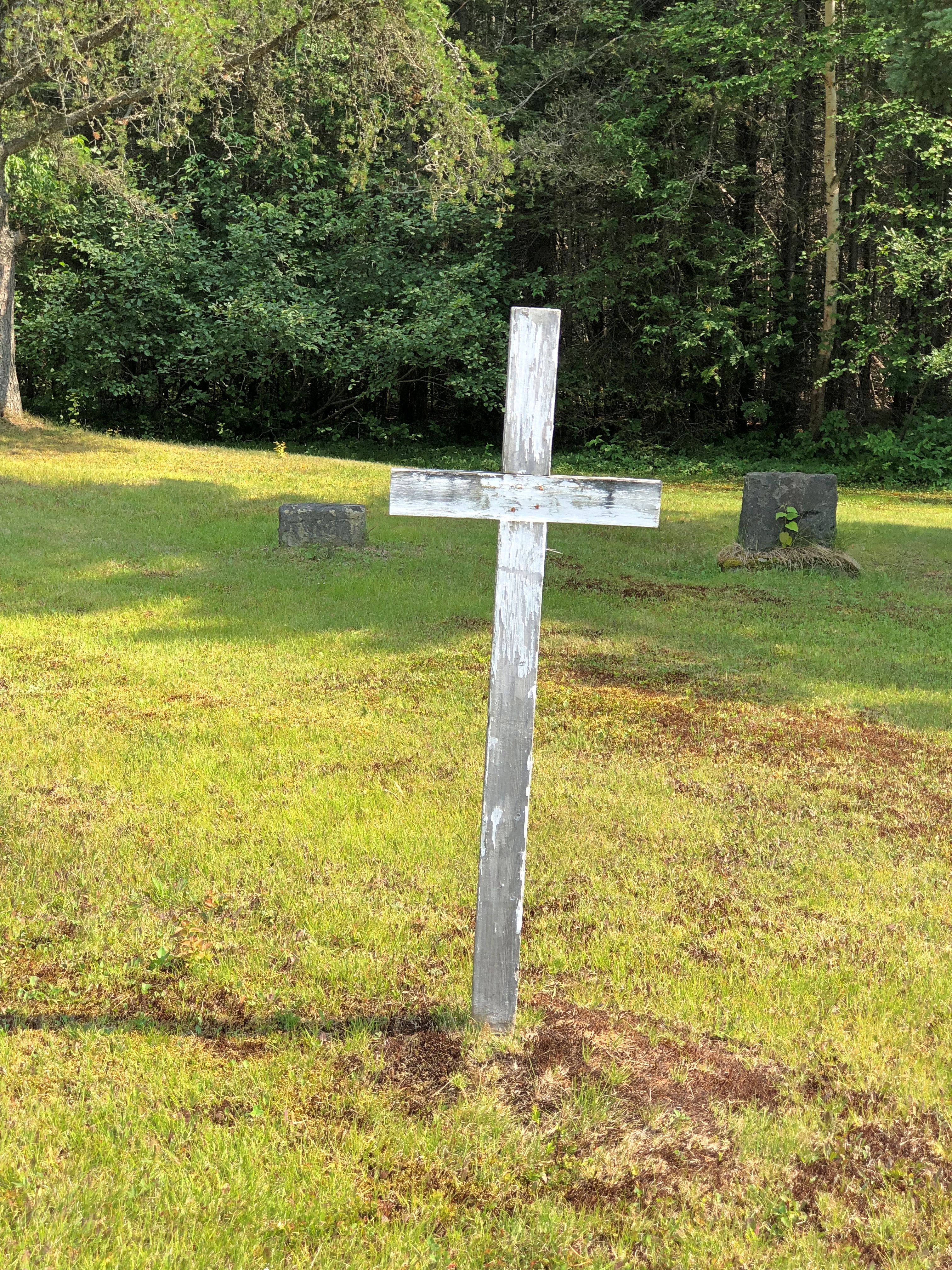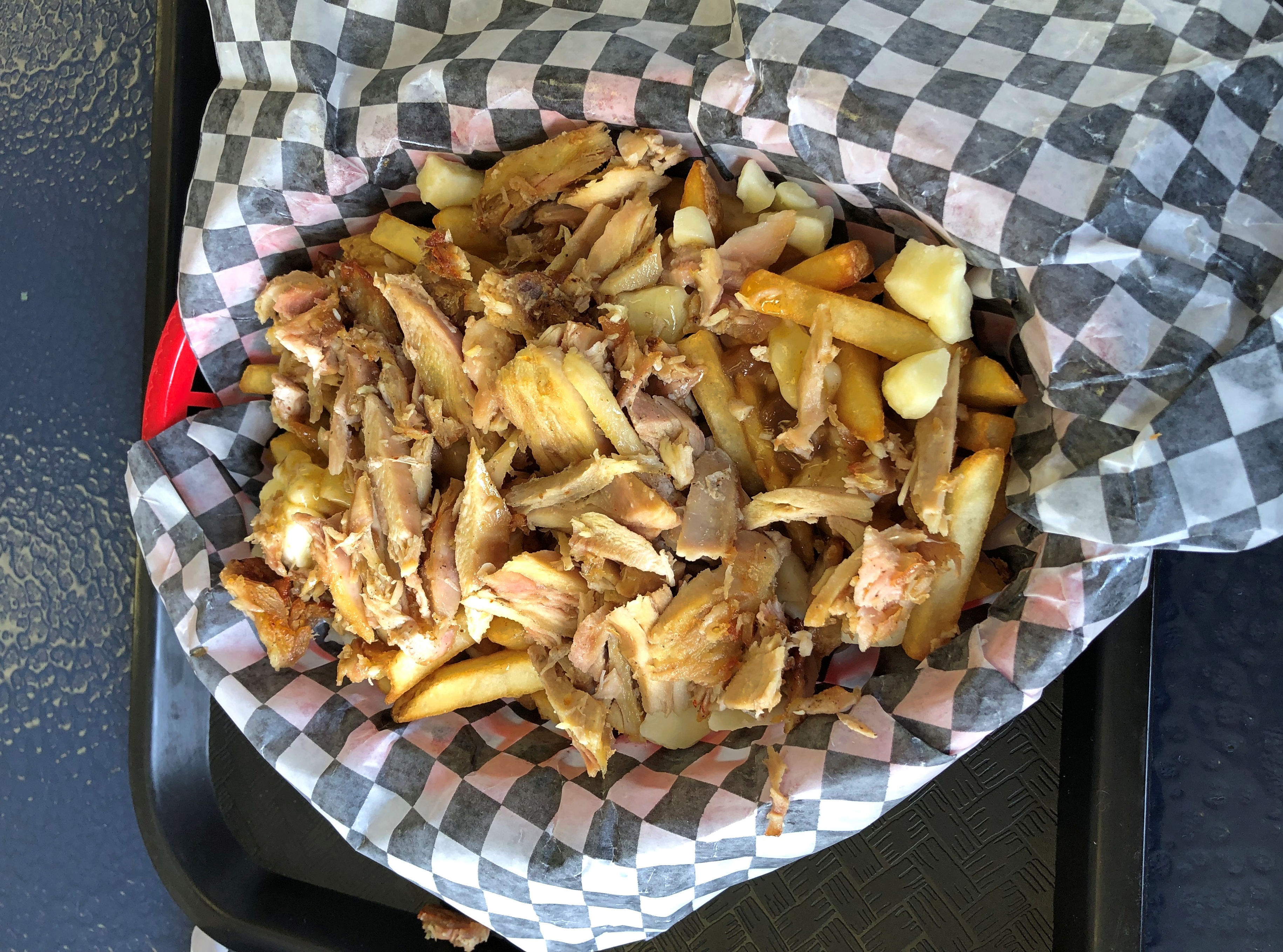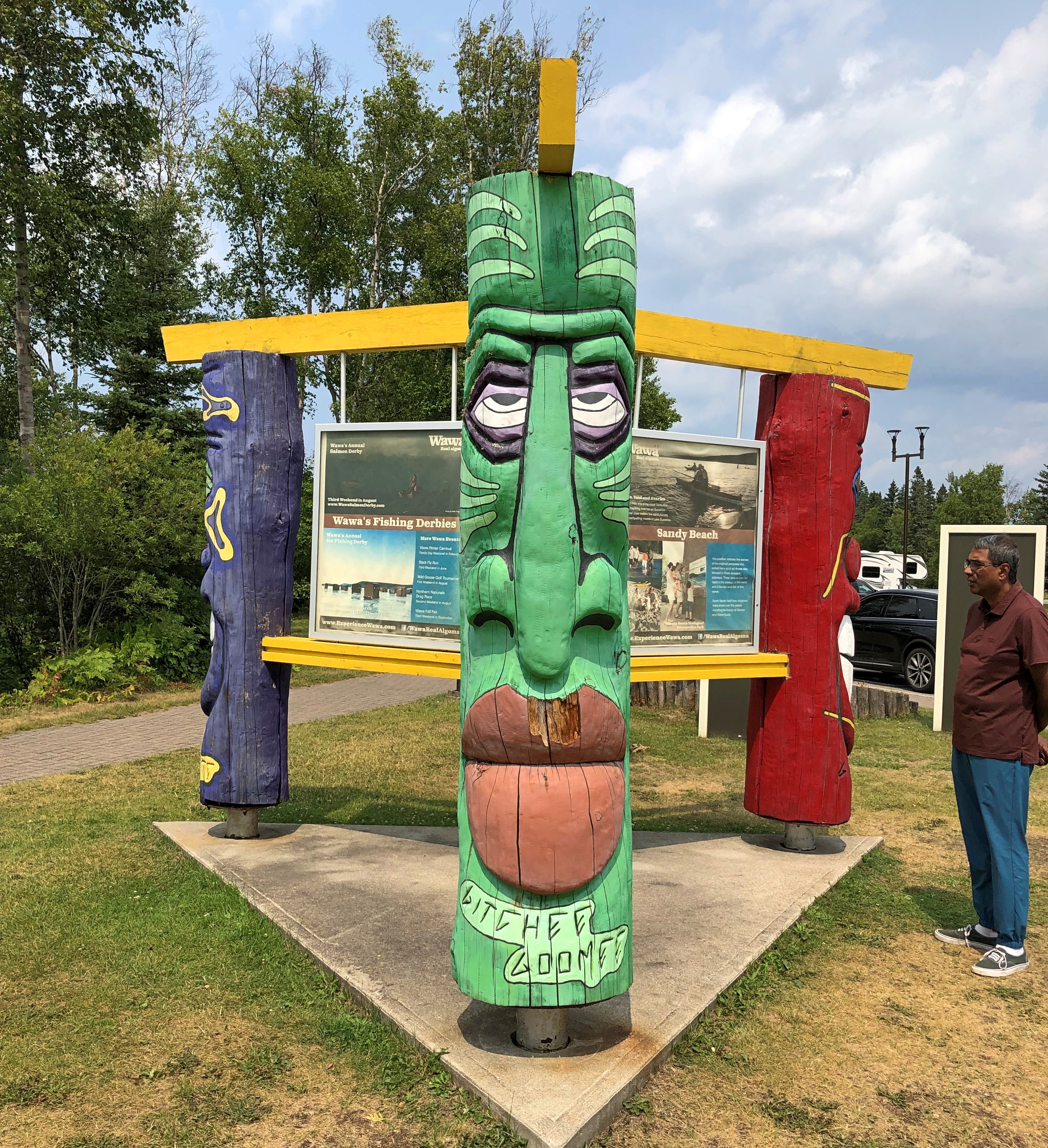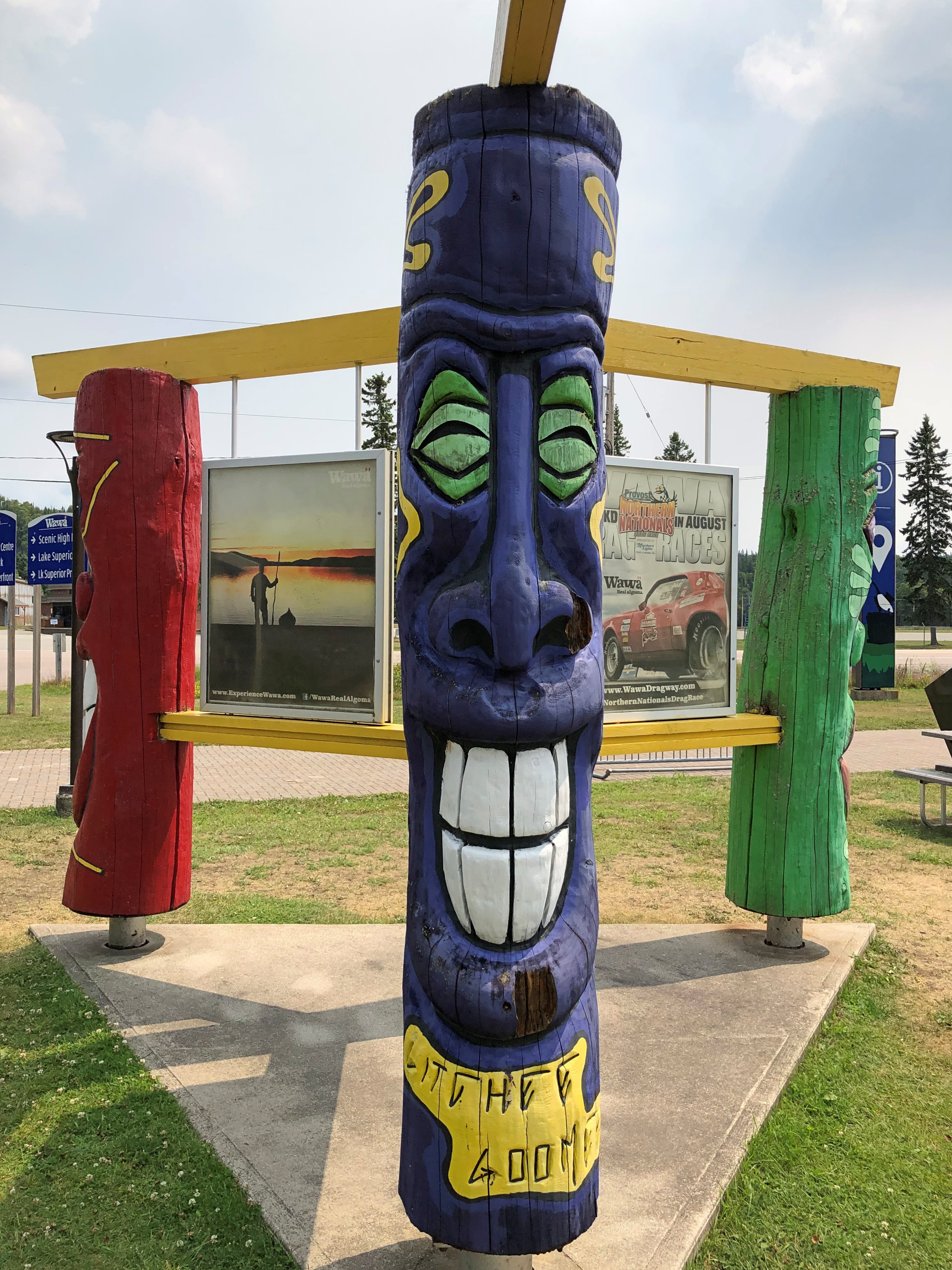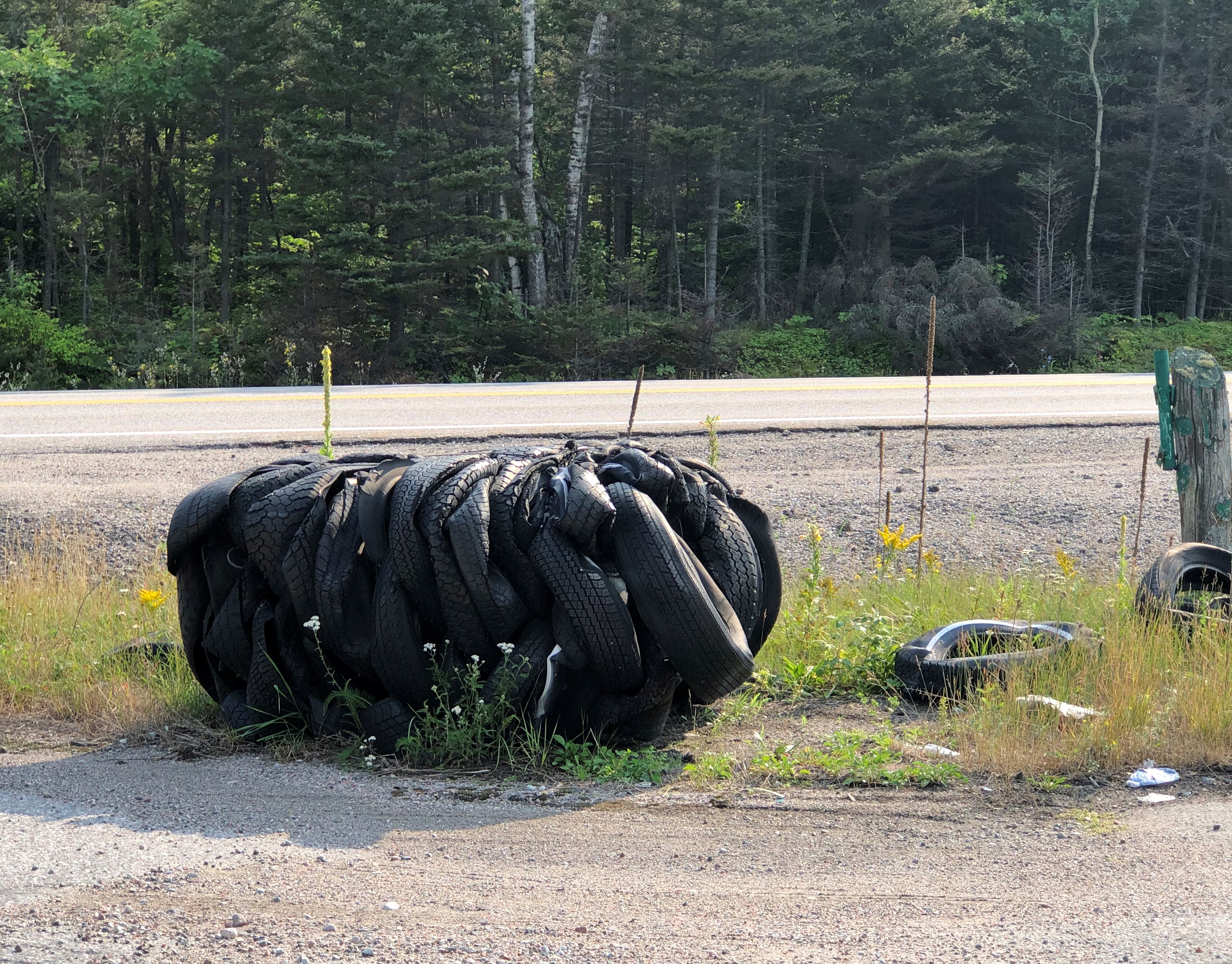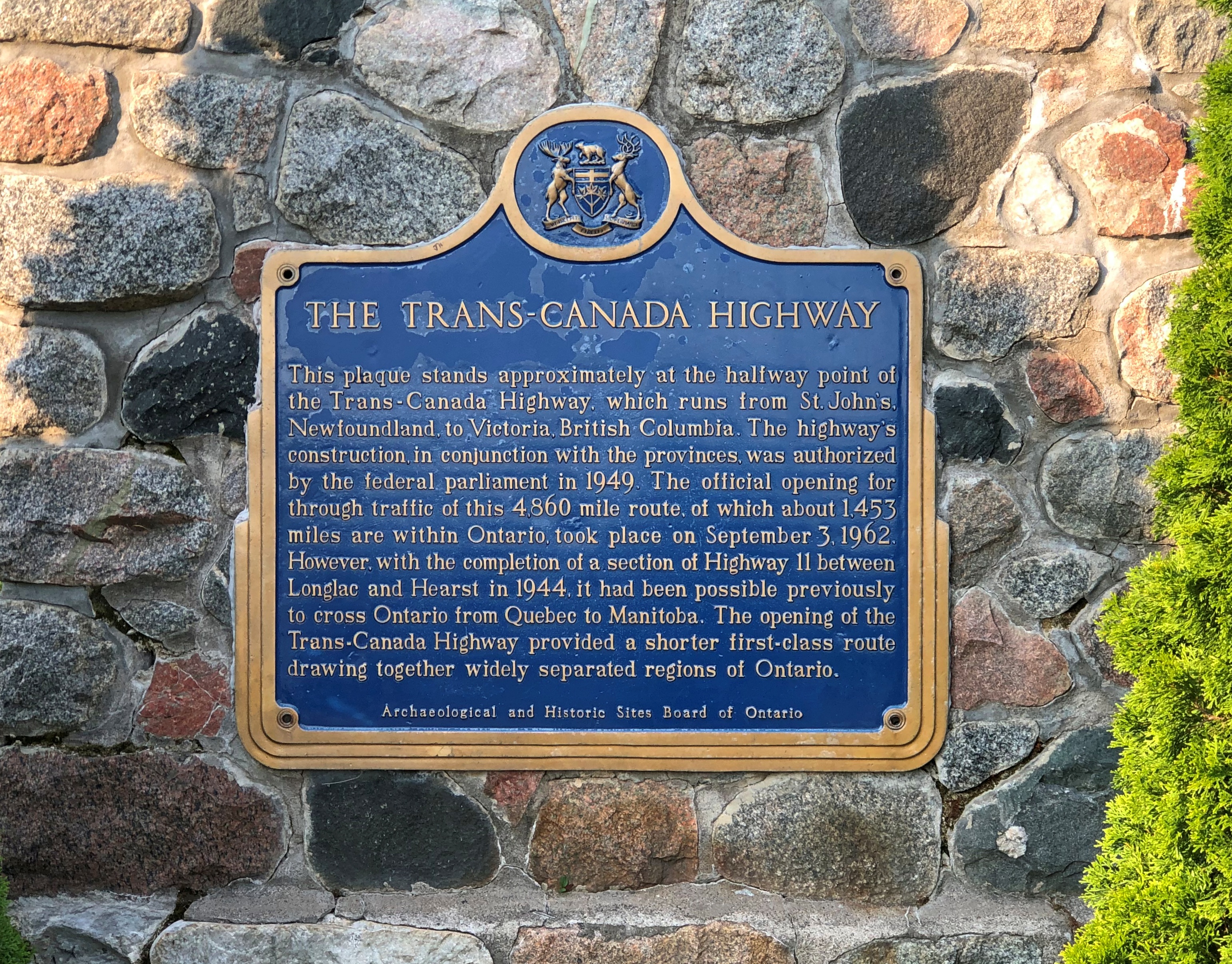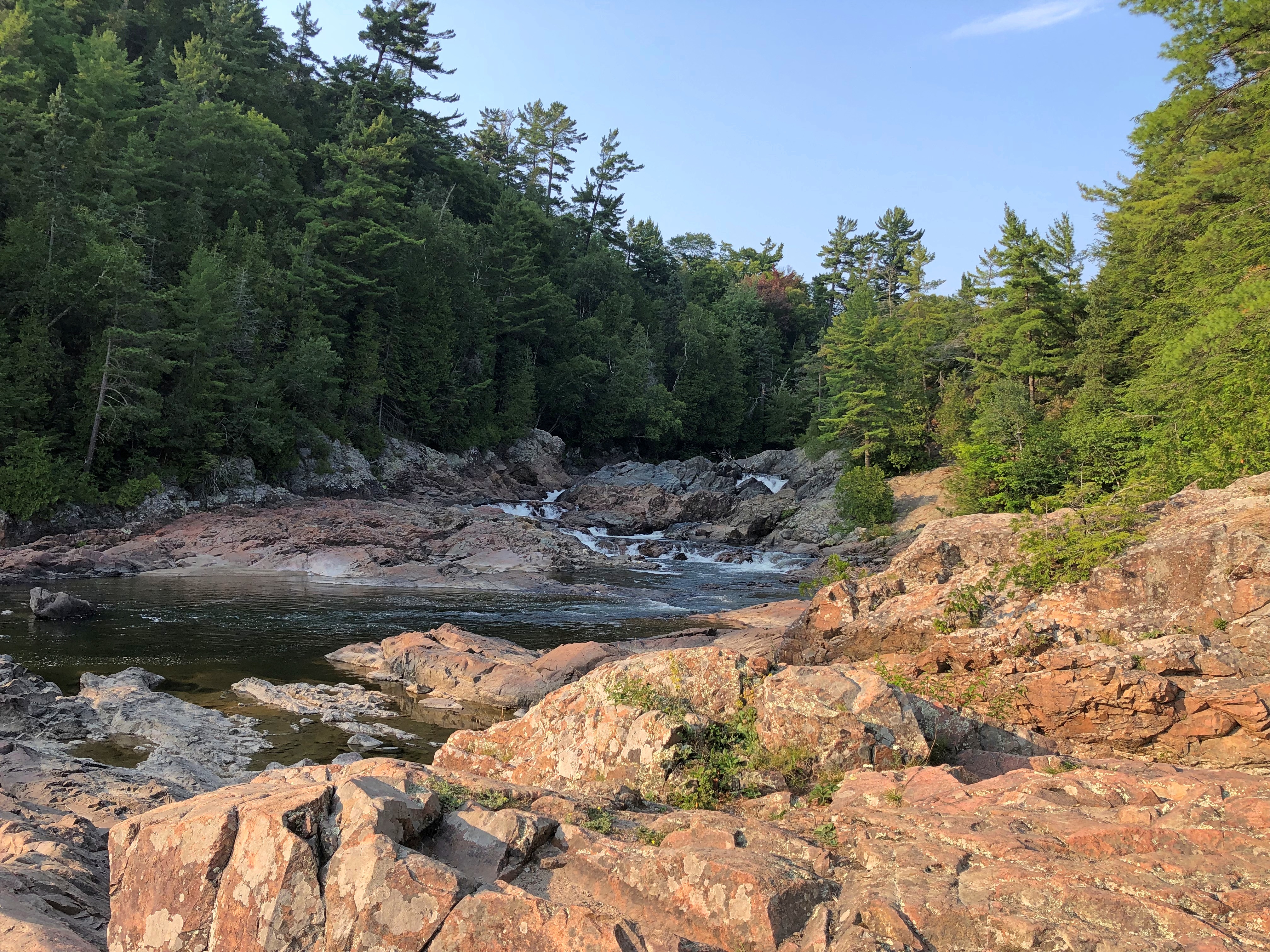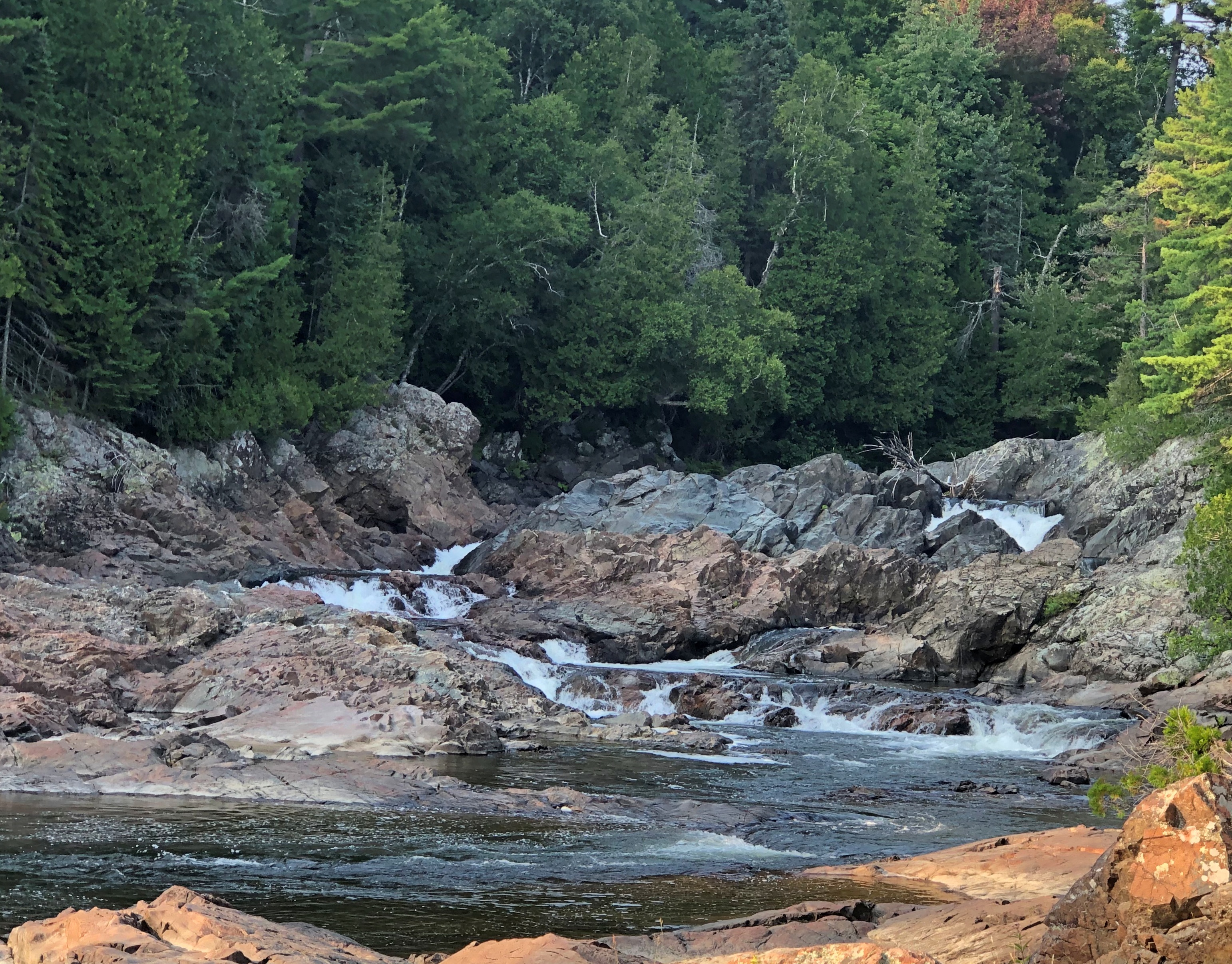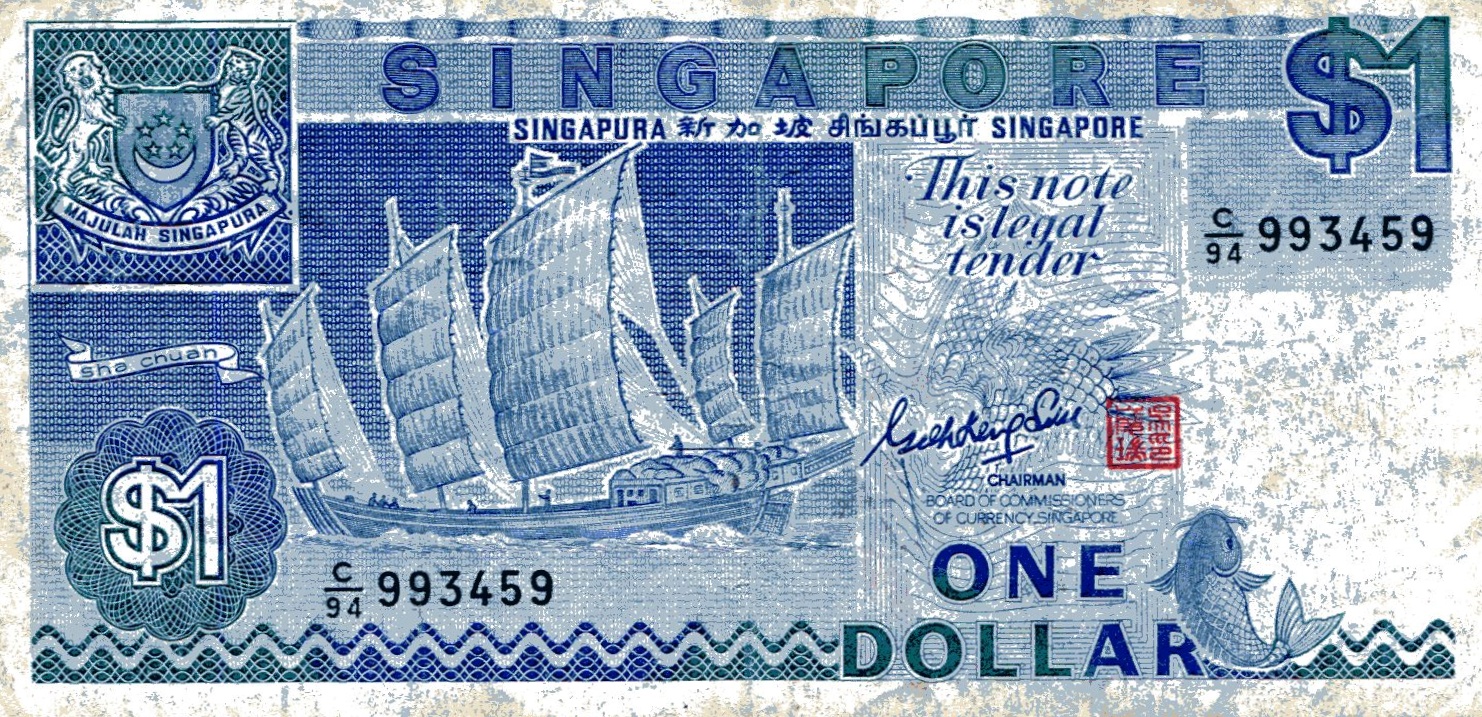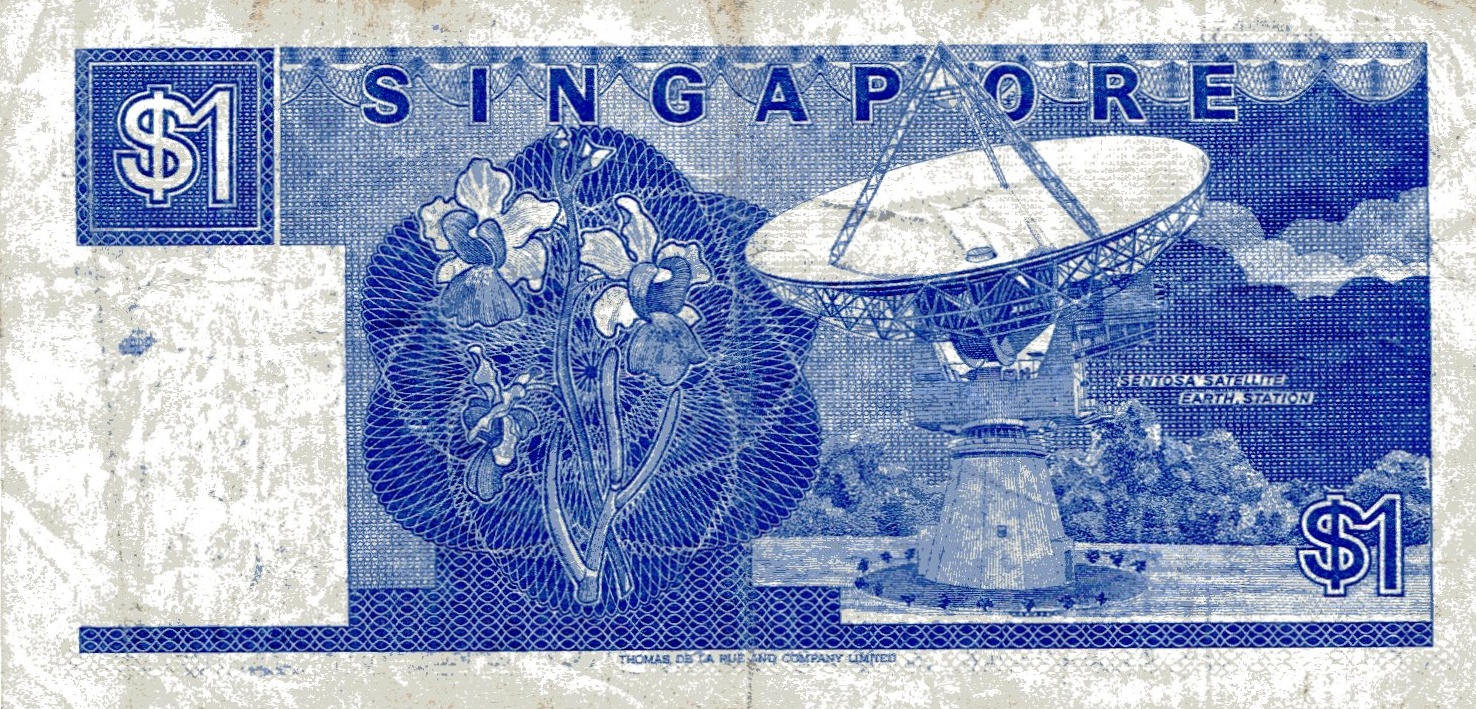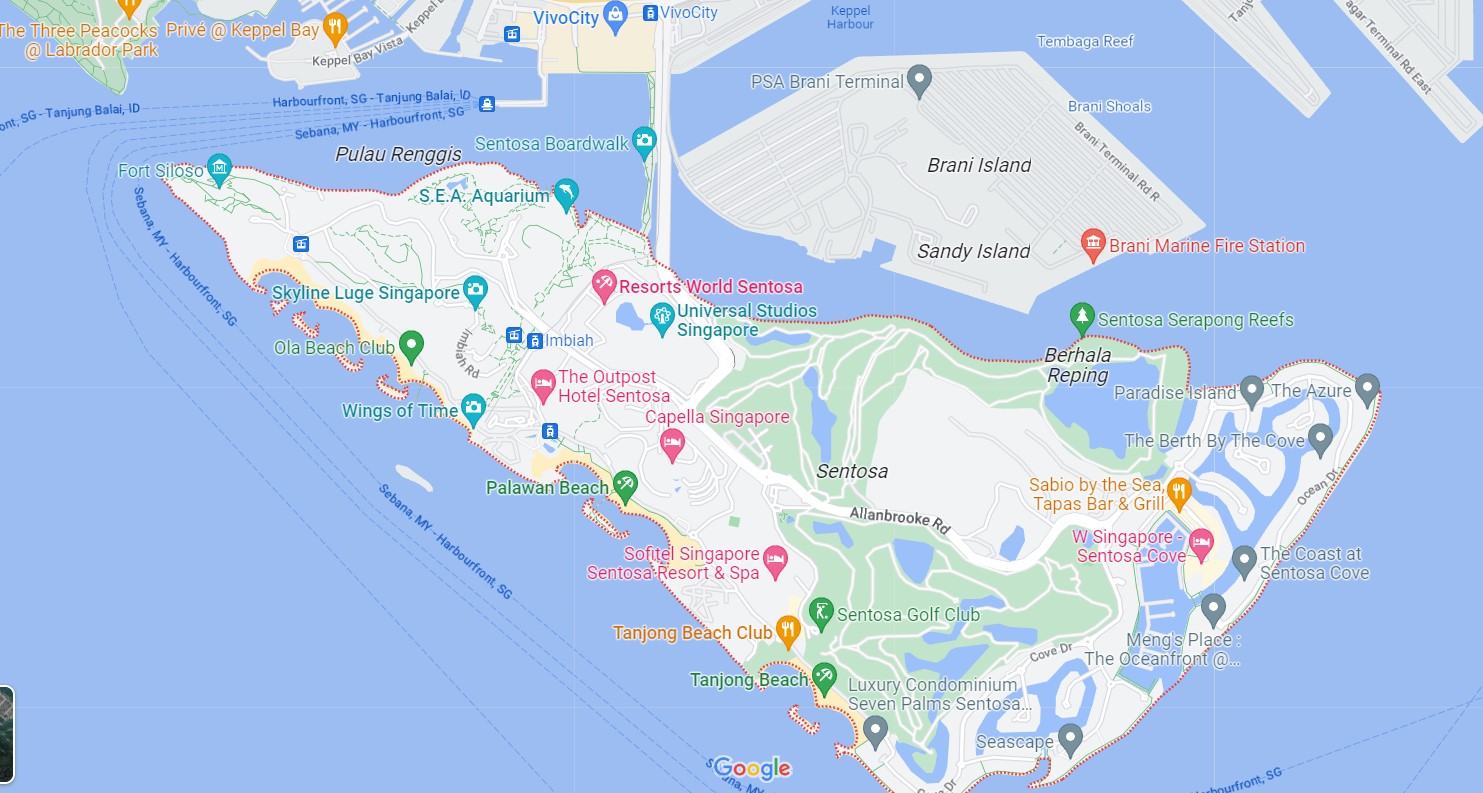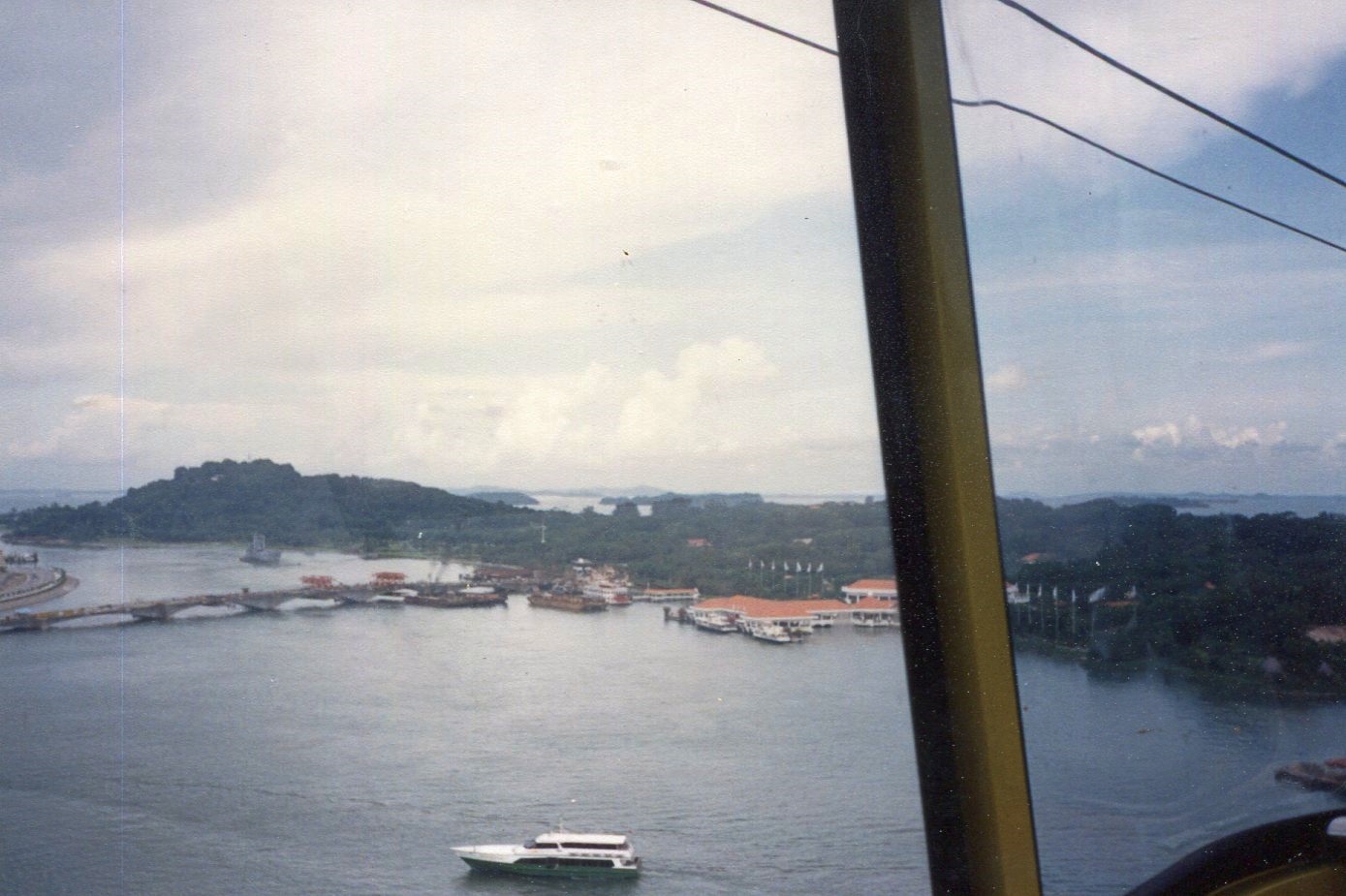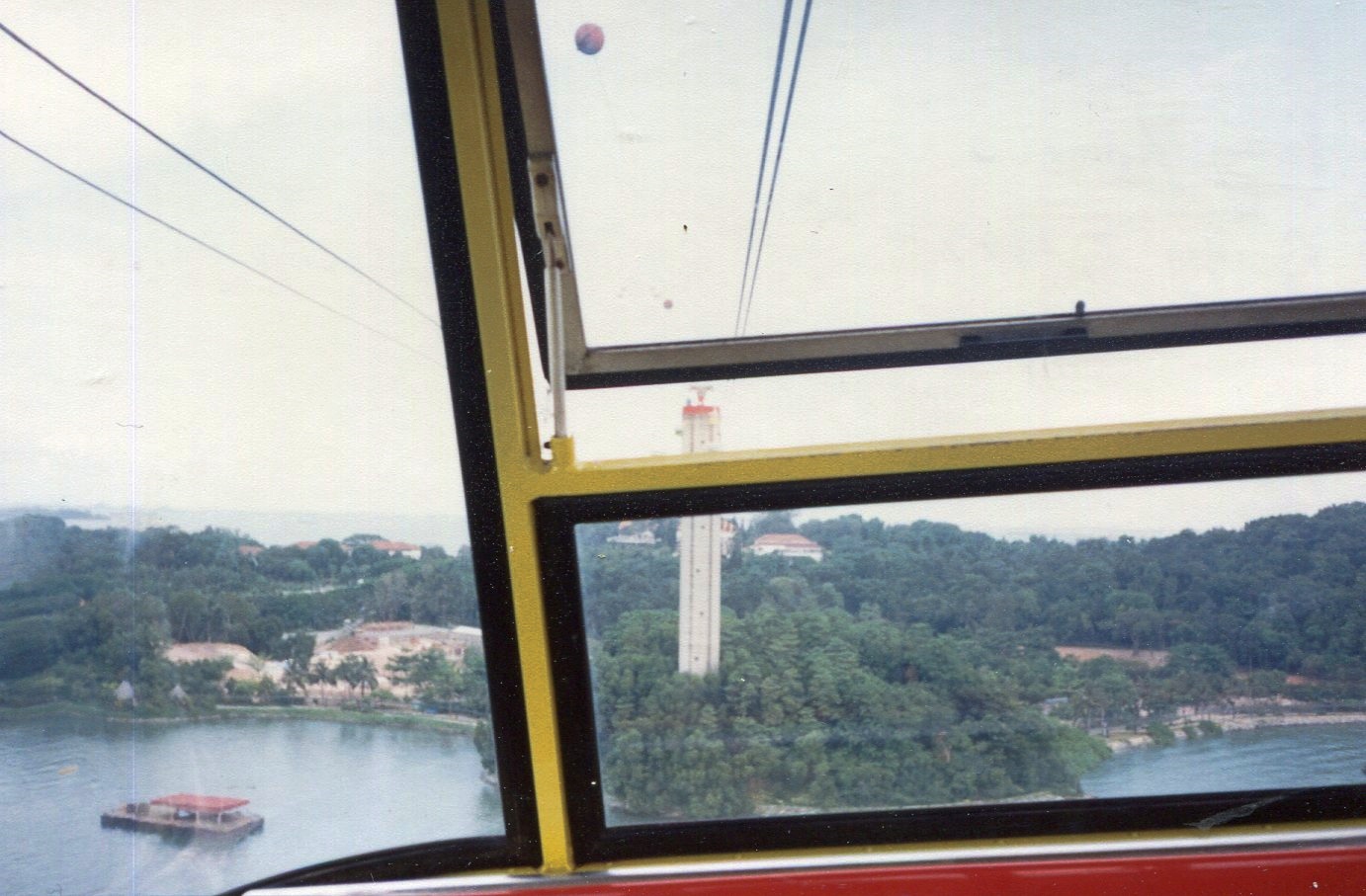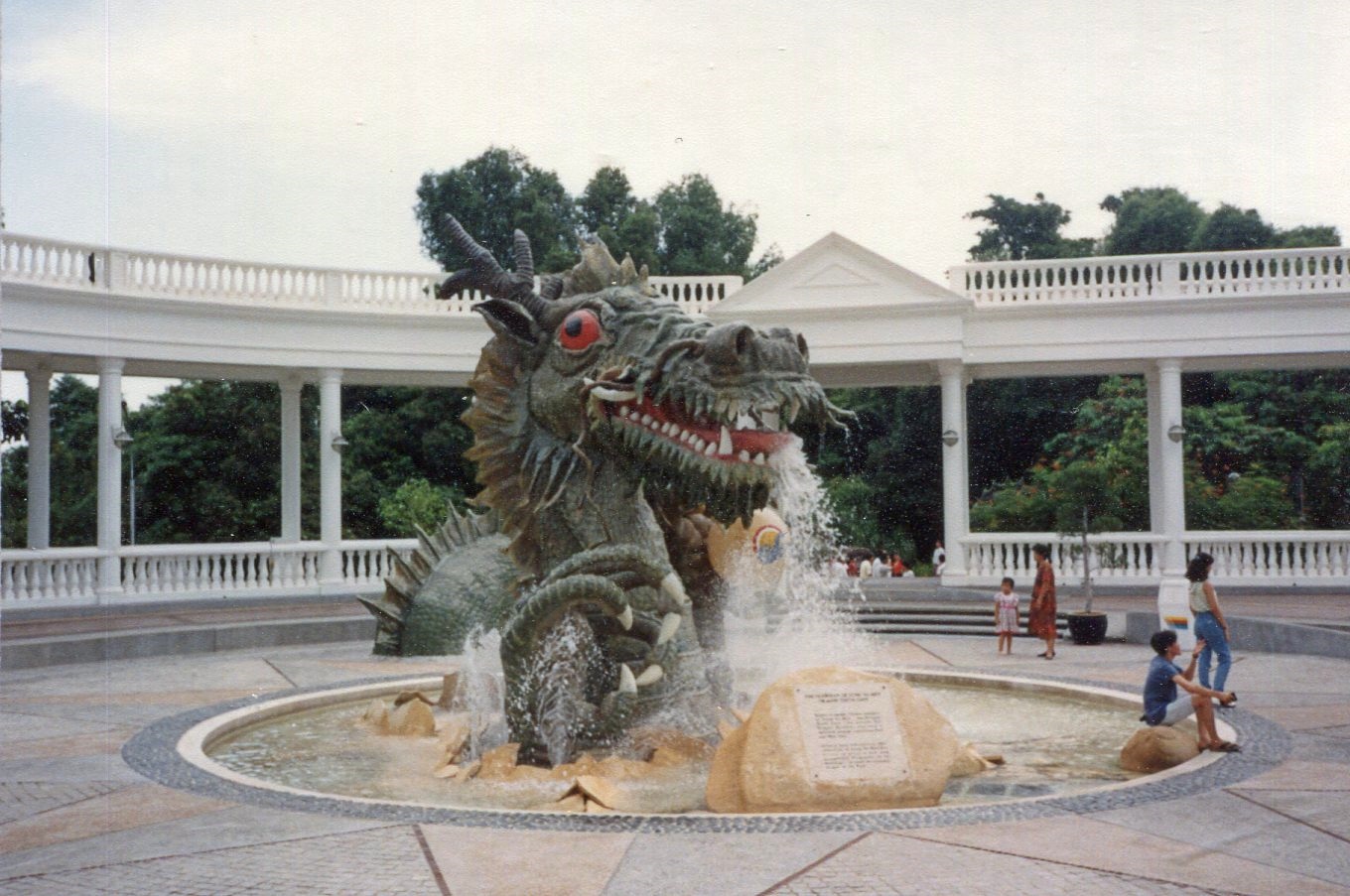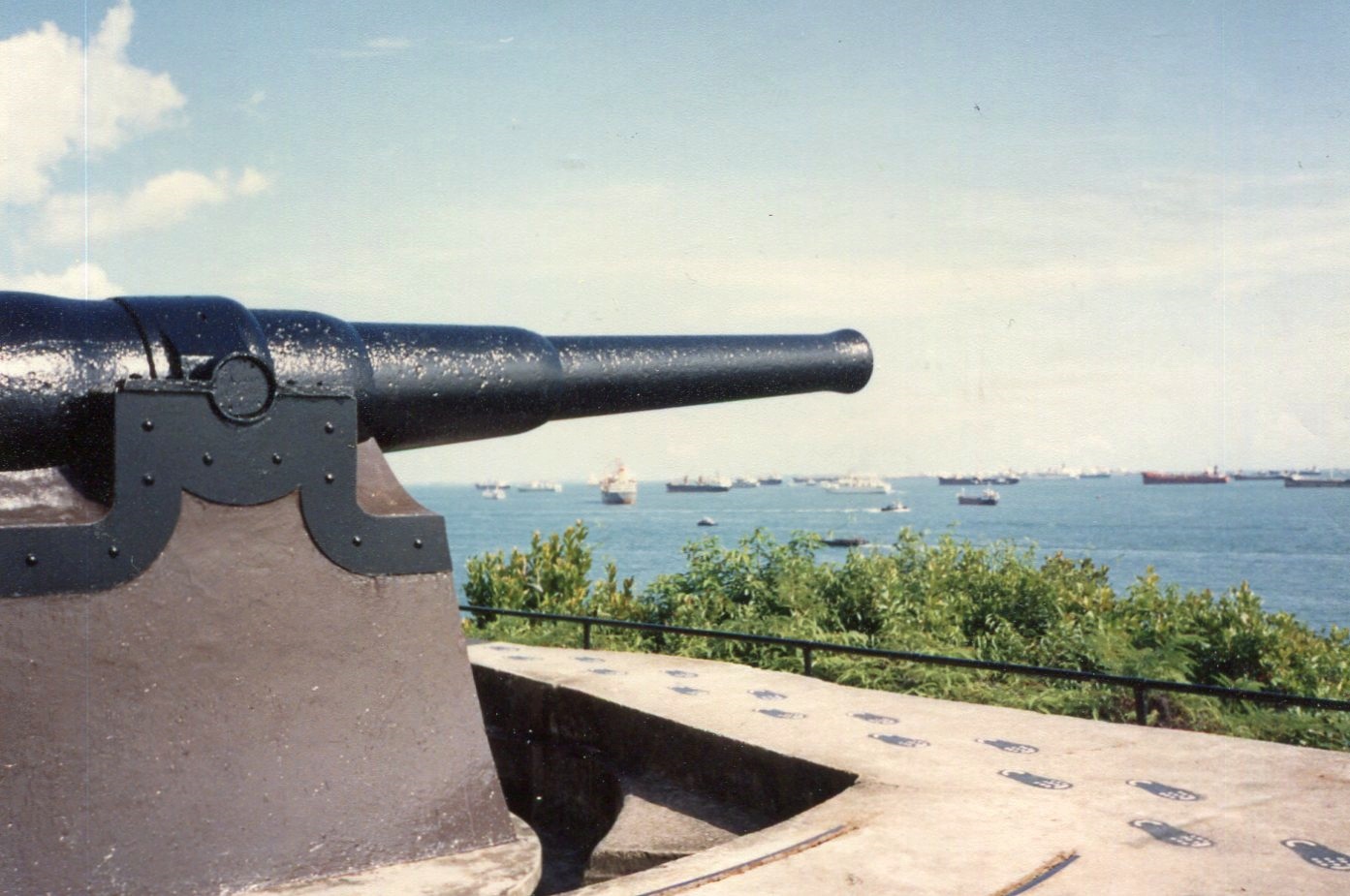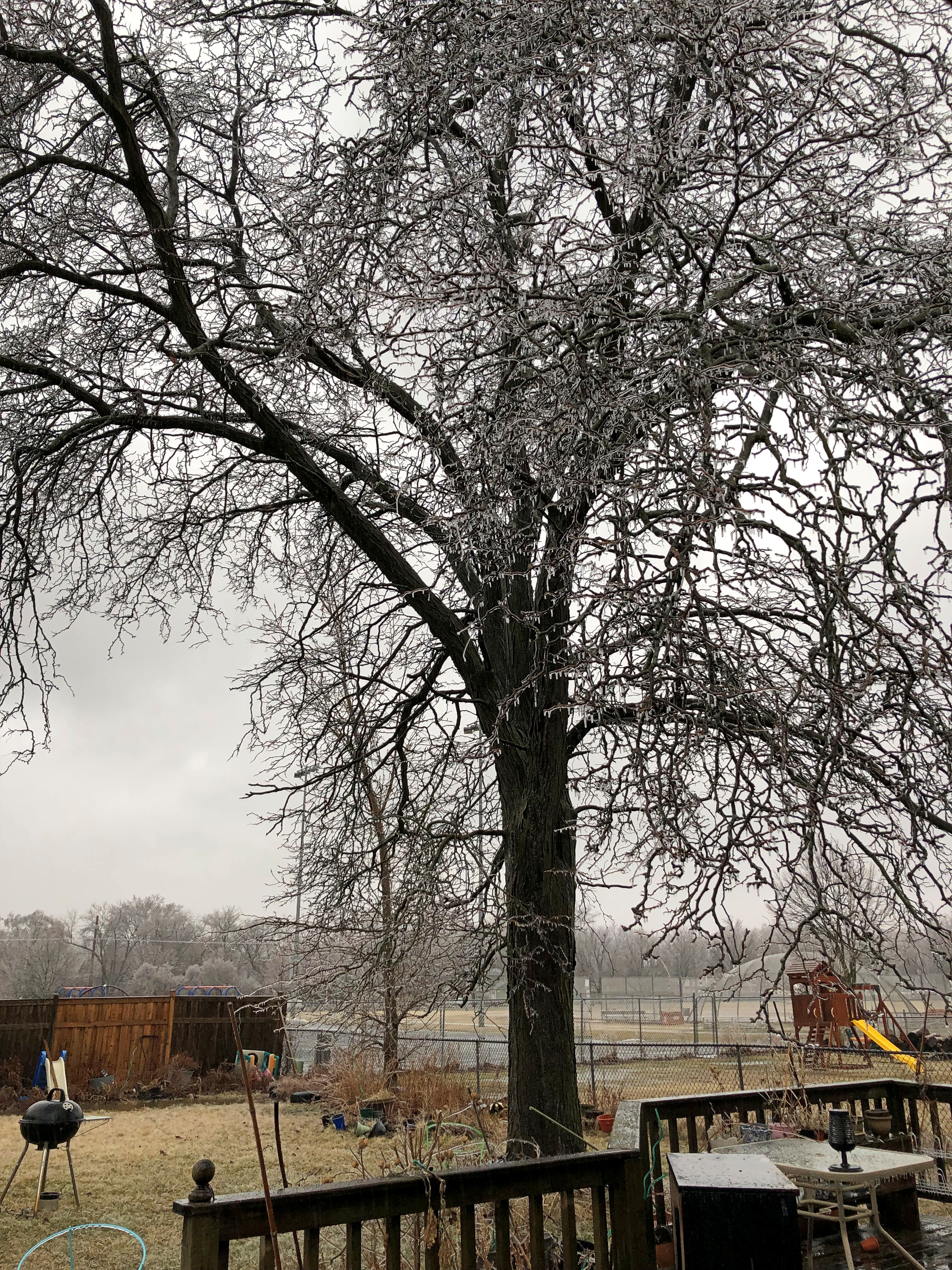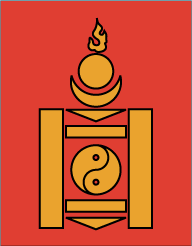During a cloudy but not rainy period early this afternoon — heavy rain came later — I wandered over to the polling place at the school where Lilly and Ann both spent their elementary school years and voted there. I’d considered voting early at a different location, but when I stopped by about a week ago, the line was long. So Election Day voting it is, once again. My 12th presidential election.
Assuming he voted in all of them, how many for Jimmy Carter, our centenarian president? Assuming also that he voted absentee when necessary, especially during his time in the Navy. He turned 21 on October 1, 1945, but there’s a twist: Georgia lowered its voting age to 18 in 1943, thus enfranchising the young Carter for the 1944 election.
That would be 21 presidential elections, 1944 to 2024, inclusive. Not many people get to vote in many more than that.
After visiting the Gail Borden Library in Elgin a week ago Sunday, we walked over to the banks of the Fox River, which isn’t far.

Facing the river, specifically the Kimball Street and Dam, are pioneers in bronze.

There are enough of these kinds of statues that they represent a memorial genre, I think: Doughty Pioneers. Other recent examples (for me) include Nacogdoches and Bandera, Texas, and there are ones closer to home. The Elgin pioneers, under the name “Pioneer Family Memorial” (2001), were created by Elgin artist Trygve A. Rovelstad, though cast posthumously, since he died in 1990.
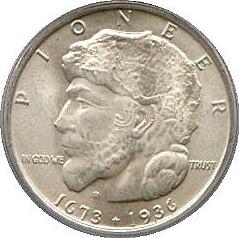 He also designed the Elgin Centennial half dollar, a numismatic curiosity from 1936. It was sold to help fund Rovelstad’s pioneer memorial in Elgin, but it clearly wasn’t enough, since the thing wasn’t finished for 65 years.
He also designed the Elgin Centennial half dollar, a numismatic curiosity from 1936. It was sold to help fund Rovelstad’s pioneer memorial in Elgin, but it clearly wasn’t enough, since the thing wasn’t finished for 65 years.
A lot of commemorates were minted in 1936, such as for the Texas Centennial, Daniel Boone Bicentennial, Arkansas Centennial, Wisconsin Territorial Centennial, Long Island Tercentenary (which sounds like the 300th anniversary of it becoming an island), and coins honoring such places as Elgin, but also Cleveland, Columbia, SC, Lynchburg, Va., and York County, Maine, among others.
 The Oregon Trail Memorial, Cincinnati Musical Center and the San Francisco-Oakland Bay Bridge got halves that year, too. Whoever successfully lobbied an important Congressman for one, got one, sounds like.
The Oregon Trail Memorial, Cincinnati Musical Center and the San Francisco-Oakland Bay Bridge got halves that year, too. Whoever successfully lobbied an important Congressman for one, got one, sounds like.
The bronze pioneers are near Walton Island Park, a man-made feature in the Fox River accessible by footbridge from the east bank. Like the Elgin half dollar, it too dates from the 1930s, when the local chapter of the Izaak Walton League – an organization named for the Compleat Angler fellow that’s still around – led the effort to enlarge a mud bank in the river by dredging the bottom and using the fill.
A flag sculpture is at the north tip of the island.

Dedicated on Flag Day, 2002. With one of the busier dedication plaques I’ve seen (but not as busy as the Norwegians in America).
The rest of the park is mostly a short stroll.



With good views of either side of the Fox. Such as the west bank.
A windmill. We didn’t go over to look at it, but I looked into it later. I’ve driven the nearby road (Illinois 31) any number of times, and must have seen it, but I guess it didn’t register. When I saw it from Walton Island, I thought I was seeing it for the first time.
For some extra drama, a freight train rolled by.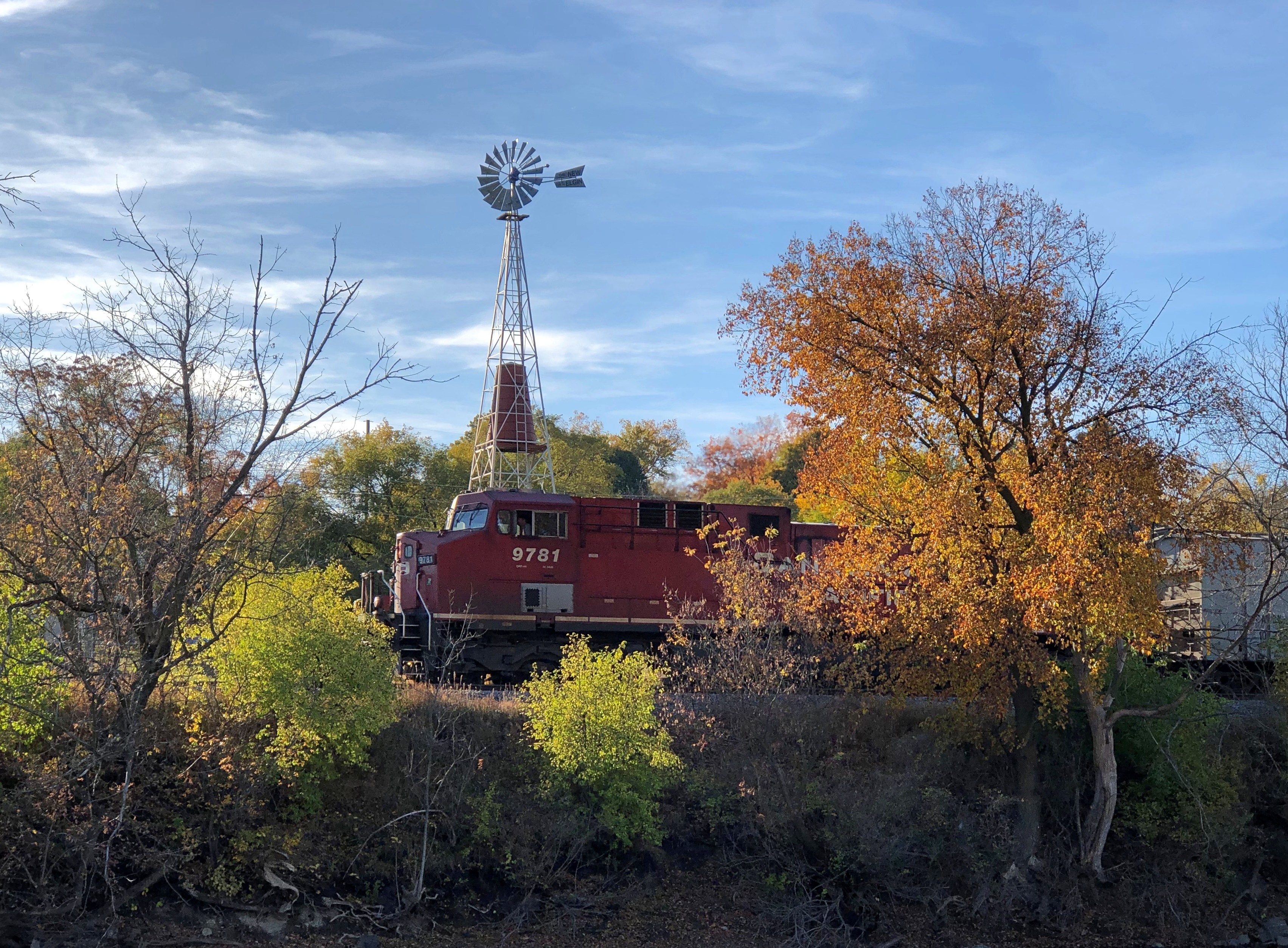
“A recent multi-year project for the Elgin Area Historical Society involved relocating and restoring a long-forgotten urban windmill built in 1922 by the Elgin Wind, Power and Pump Co.,” explains the Elgin History Museum.
“On September 7, 2013 the windmill was fully restored and now stands proudly at the site of its creation in Foundry Park off Route 31 in Elgin. The park was once the site of the Elgin Windmill Company, where the windmill was originally built.”
